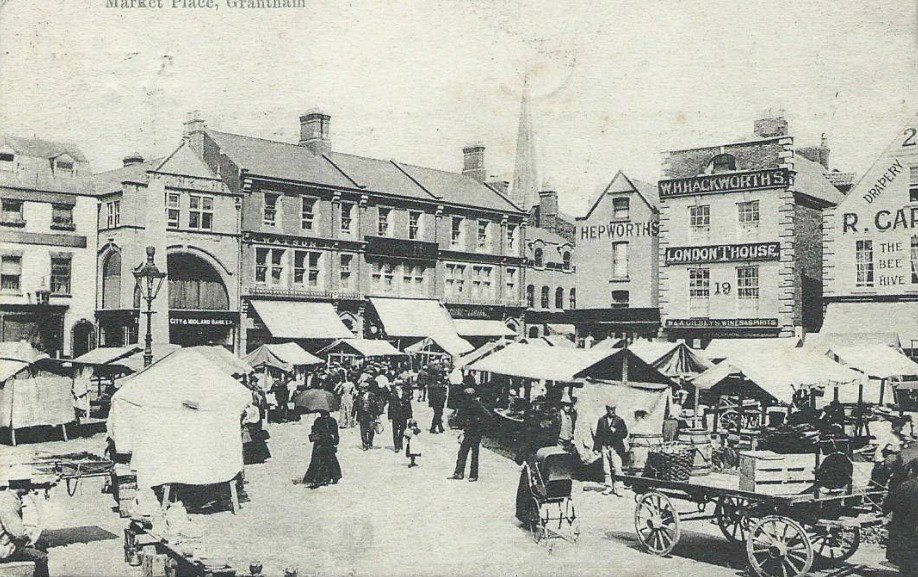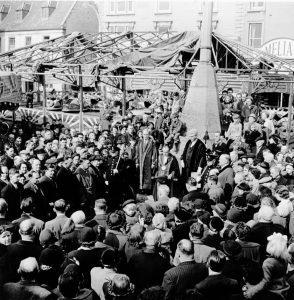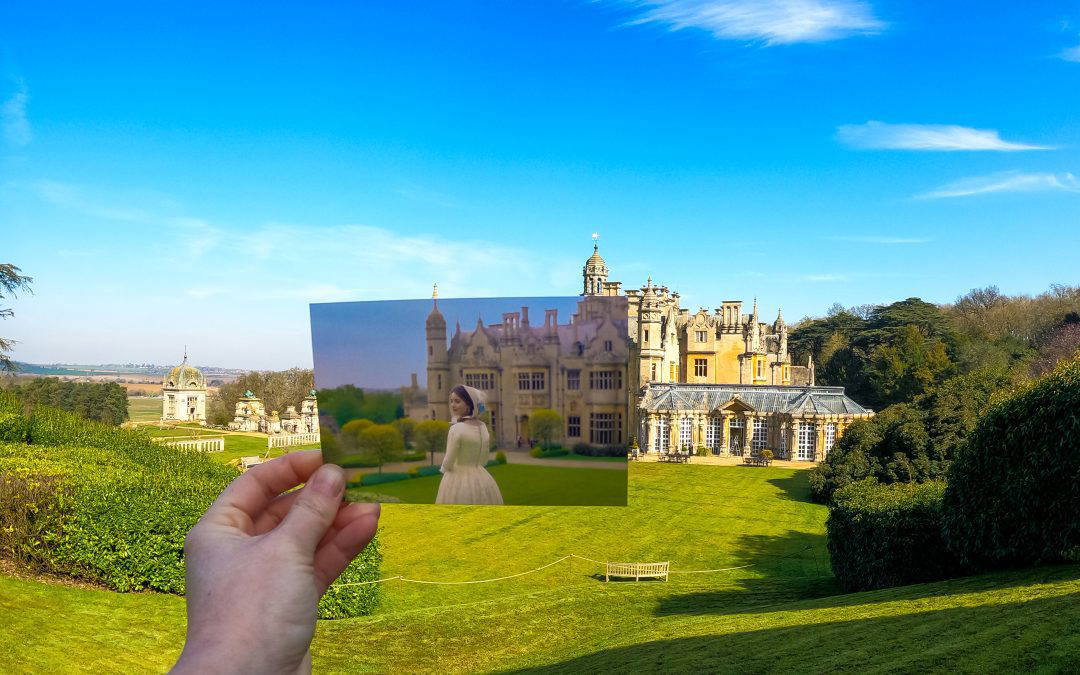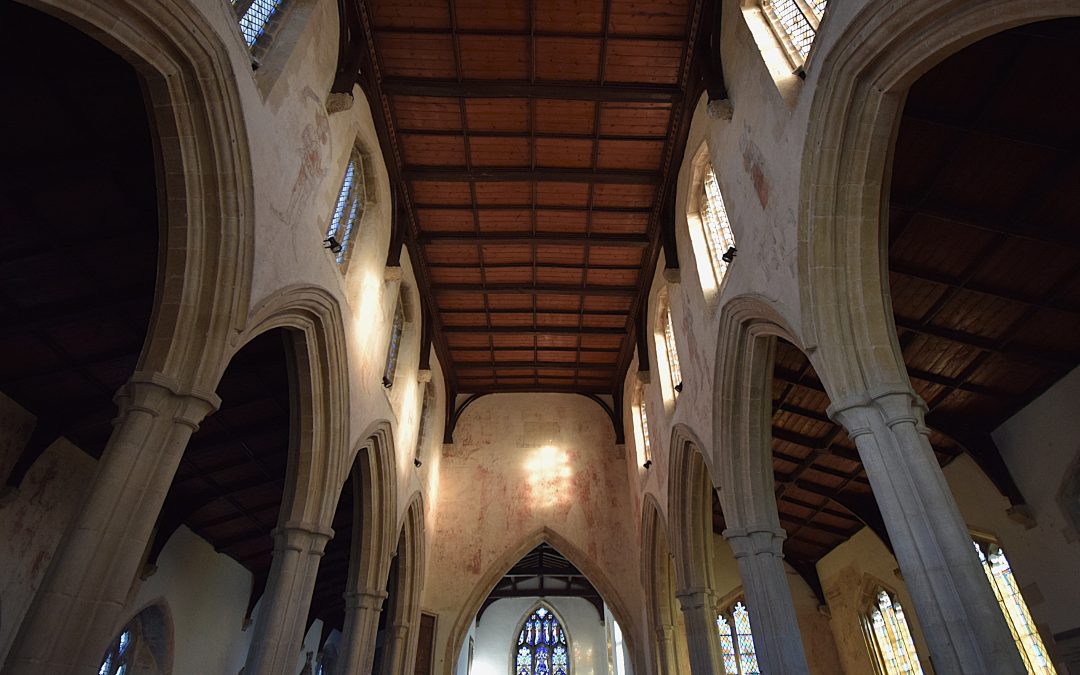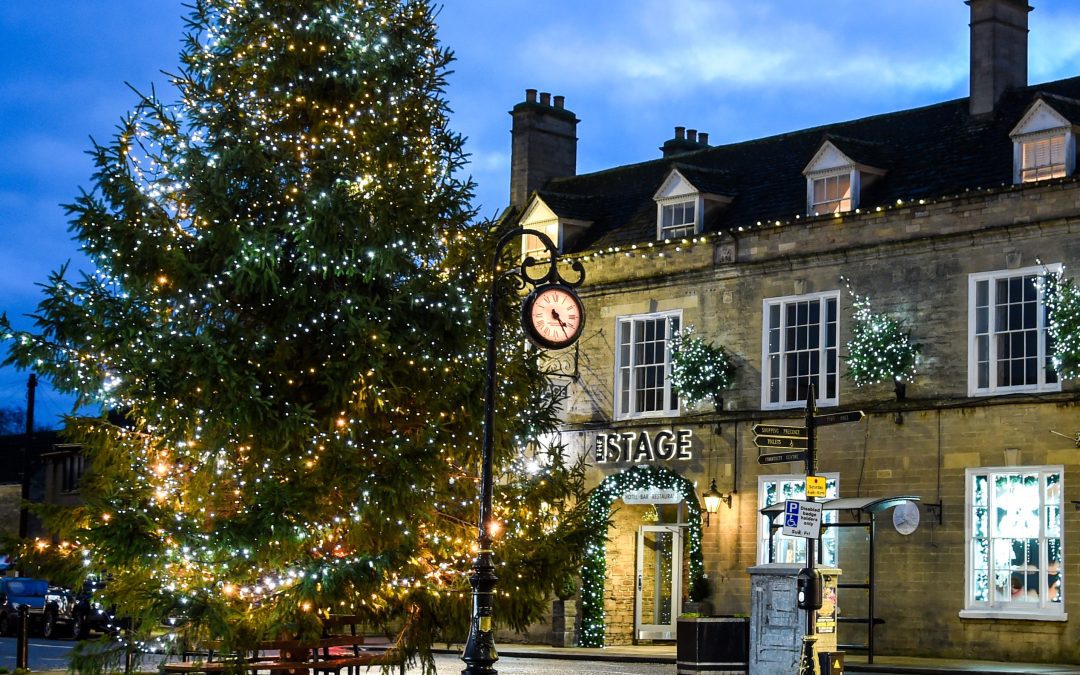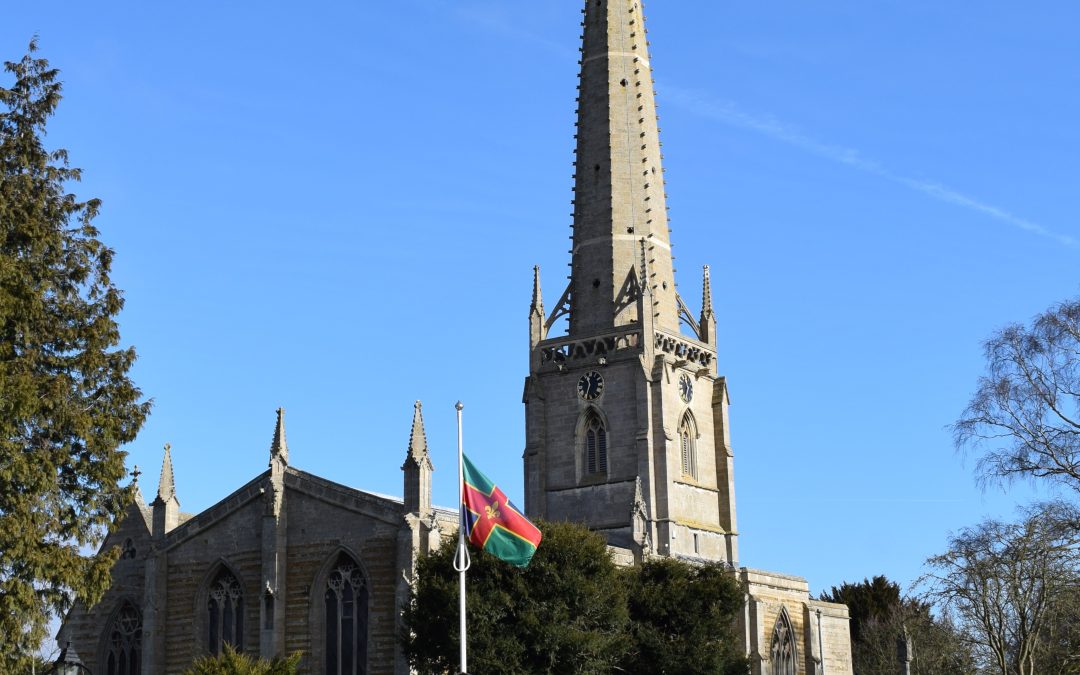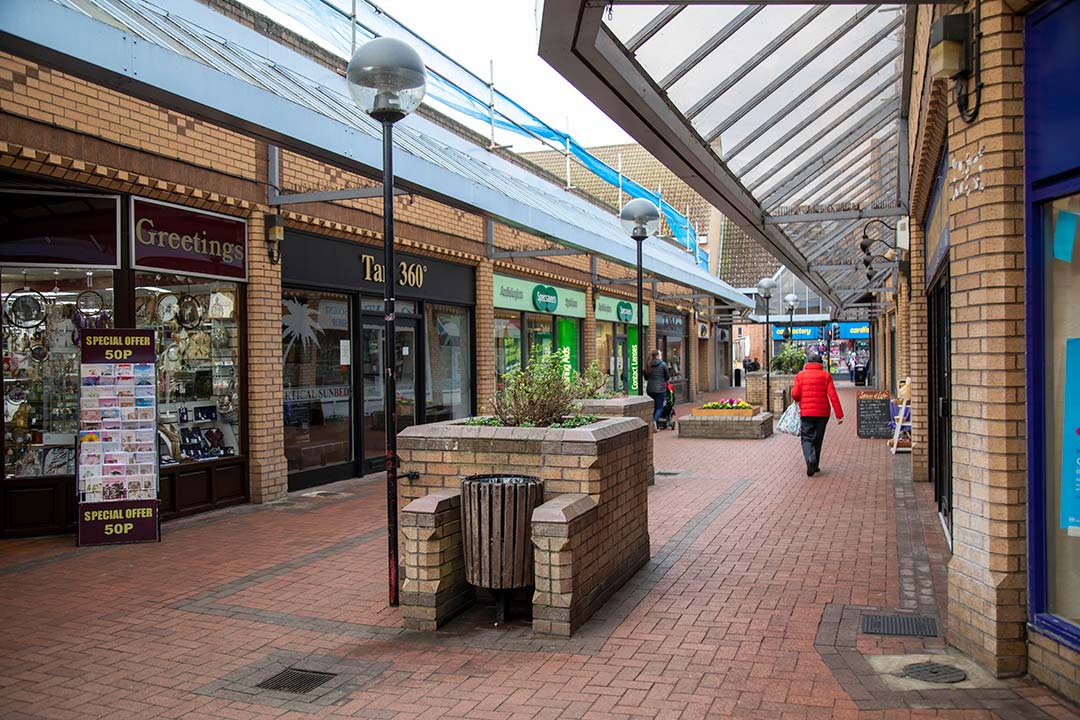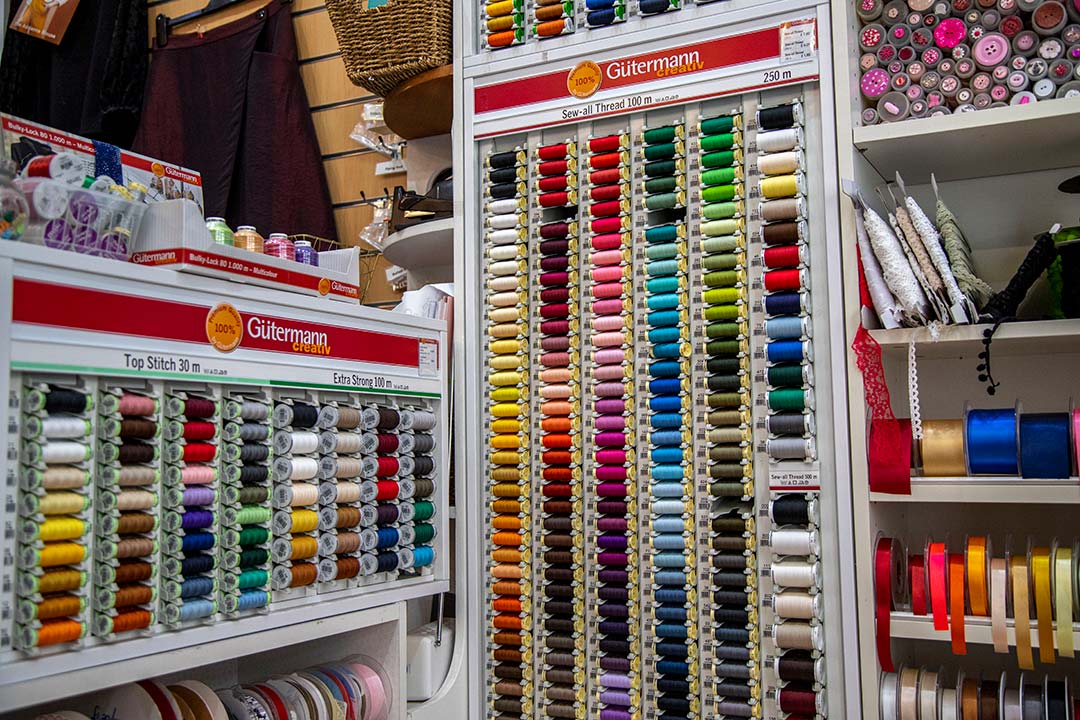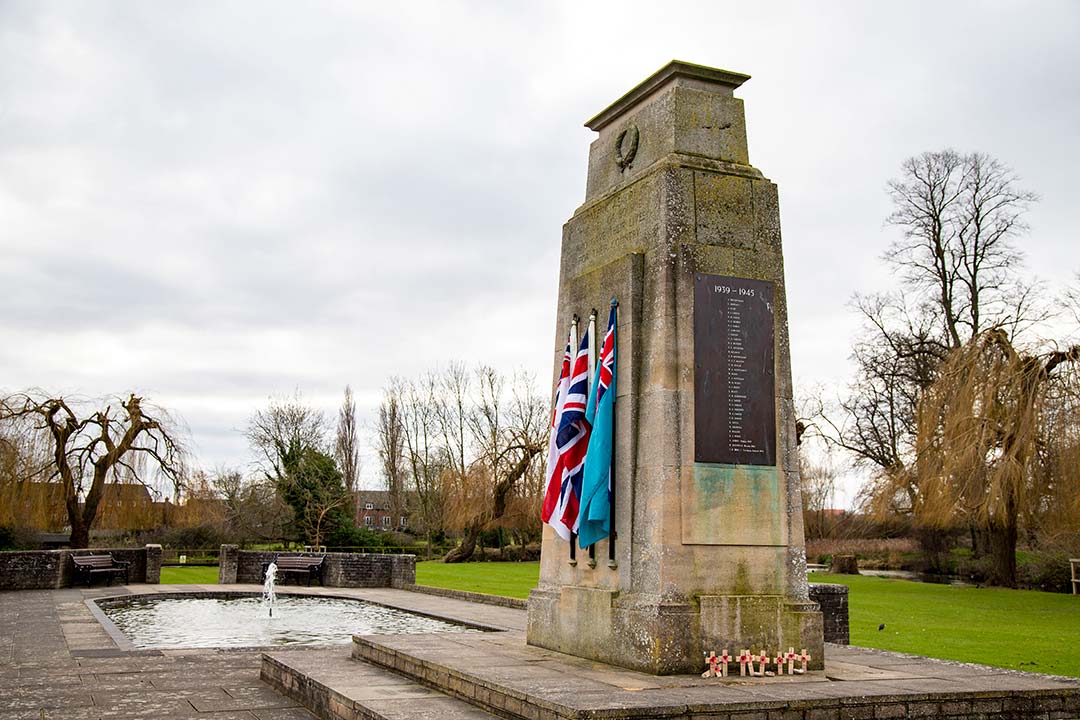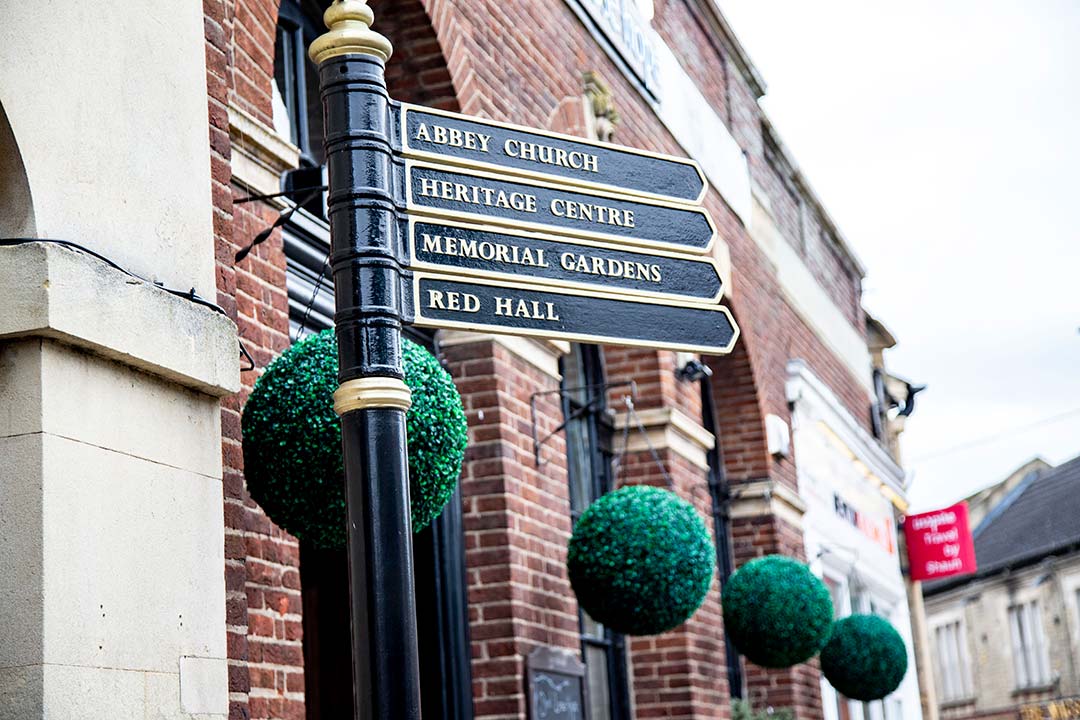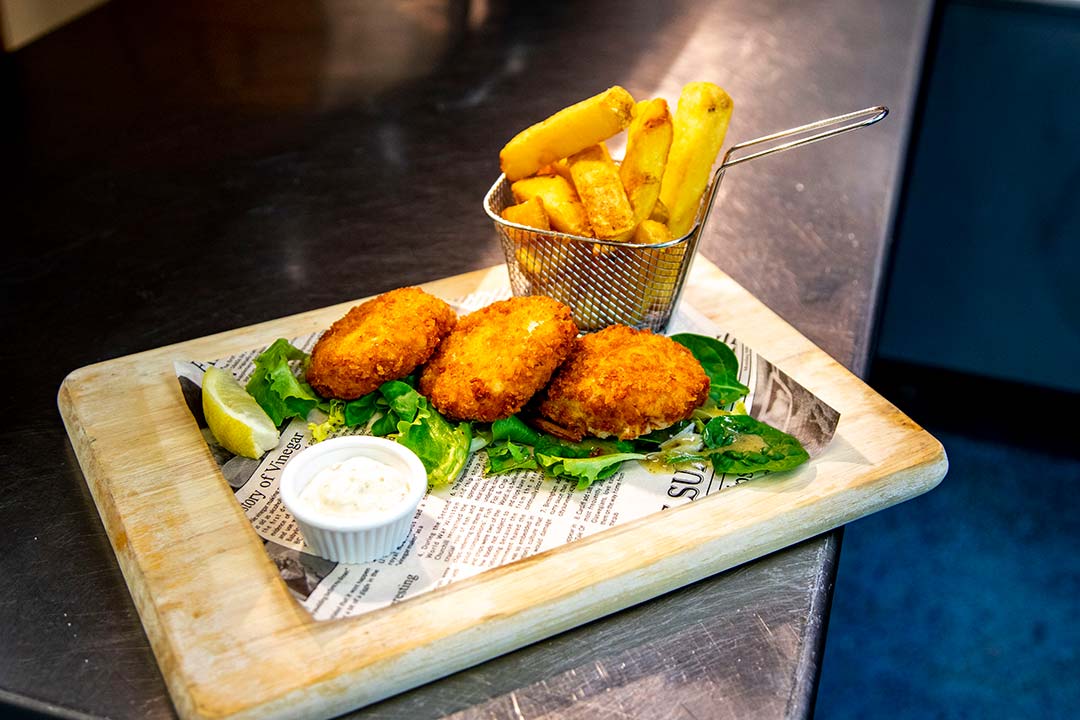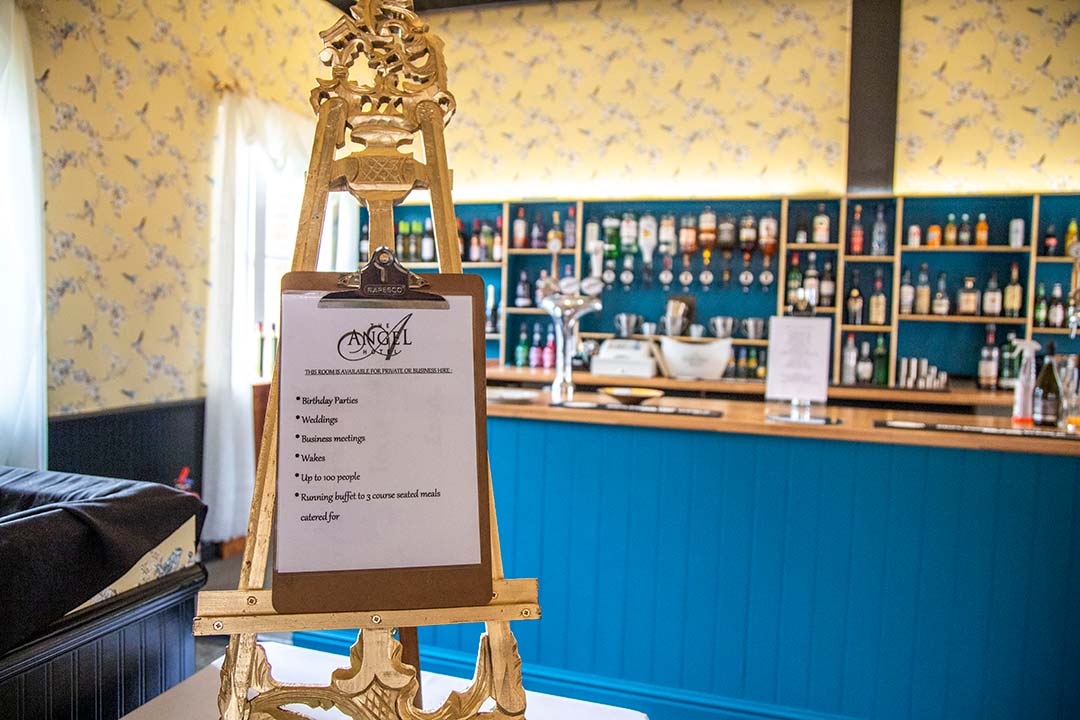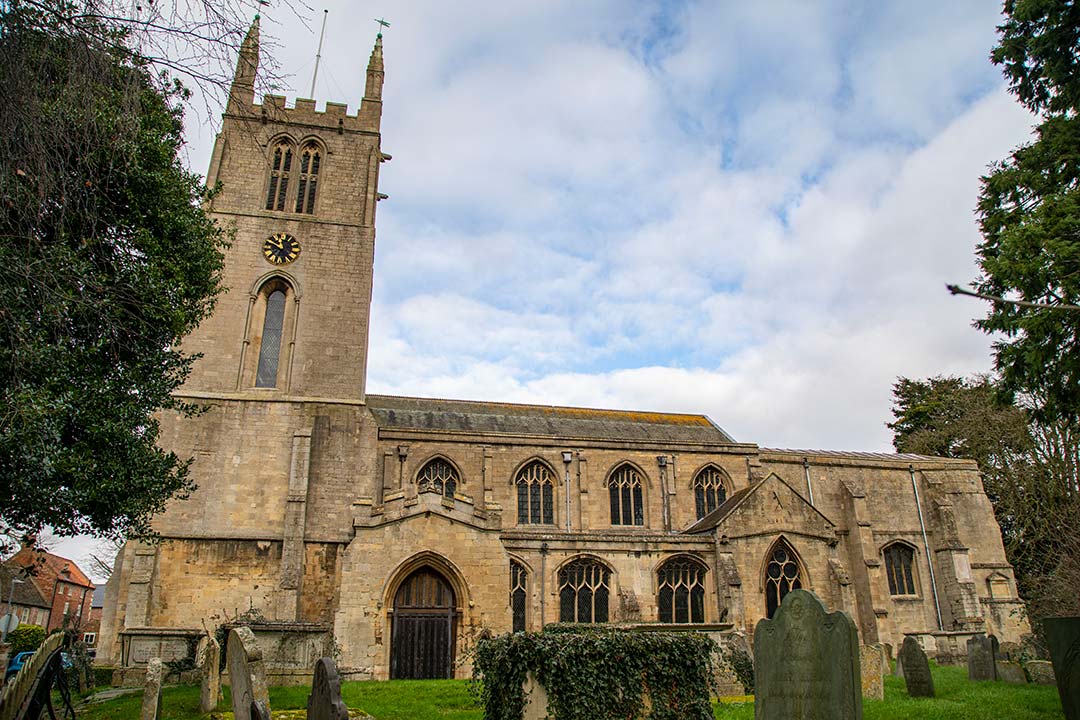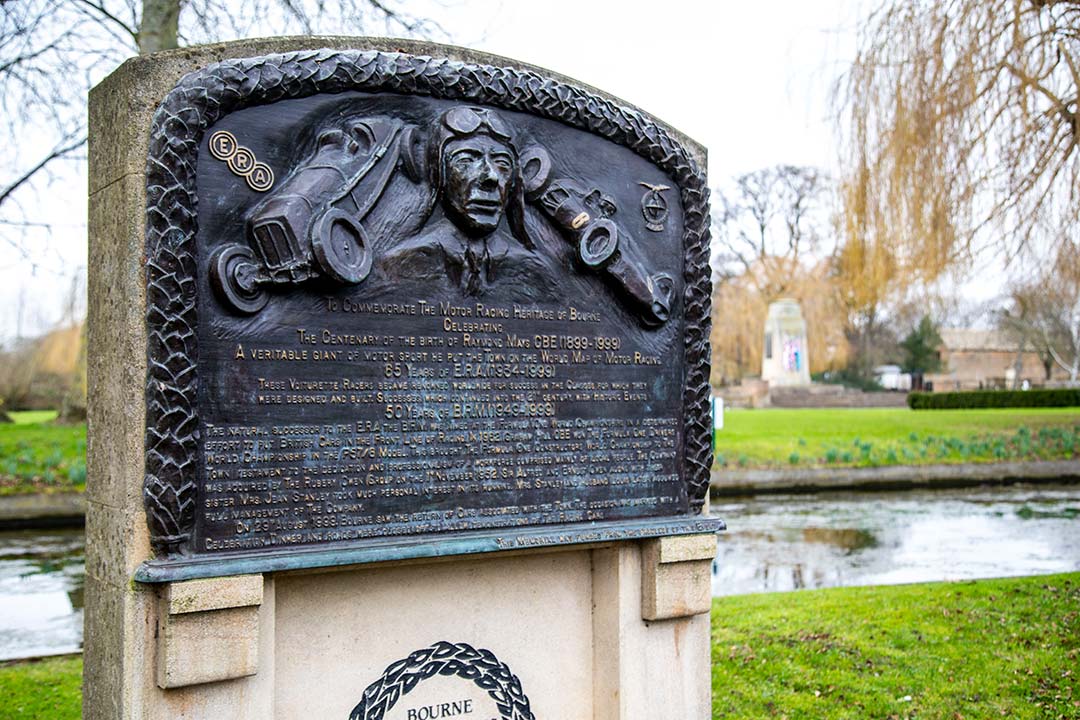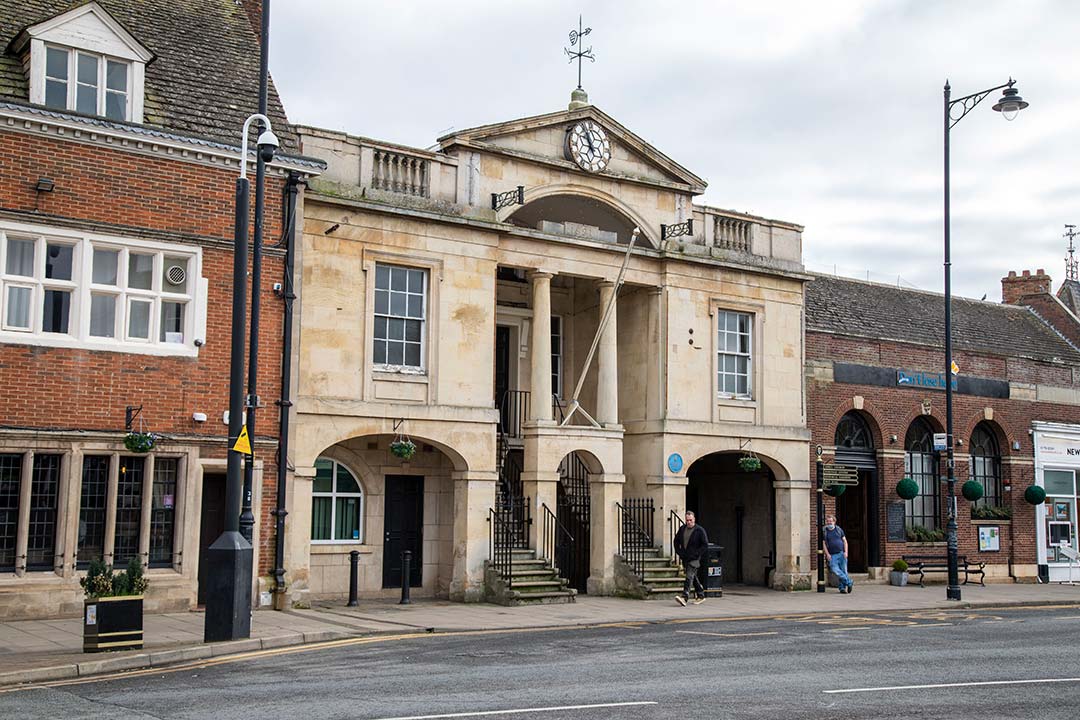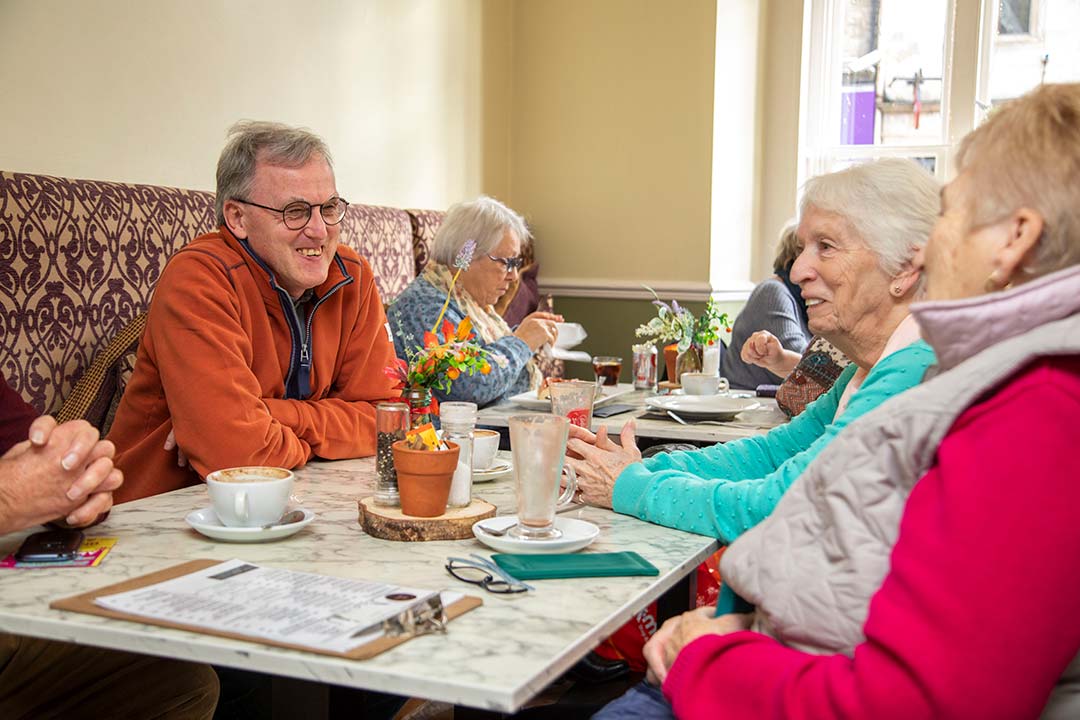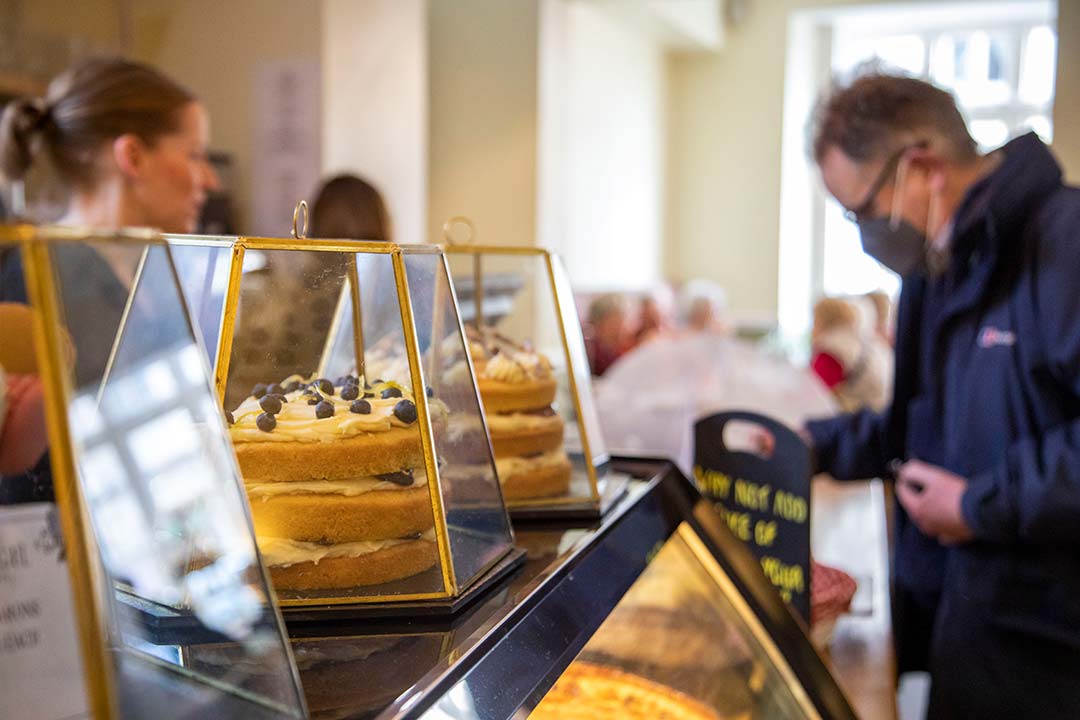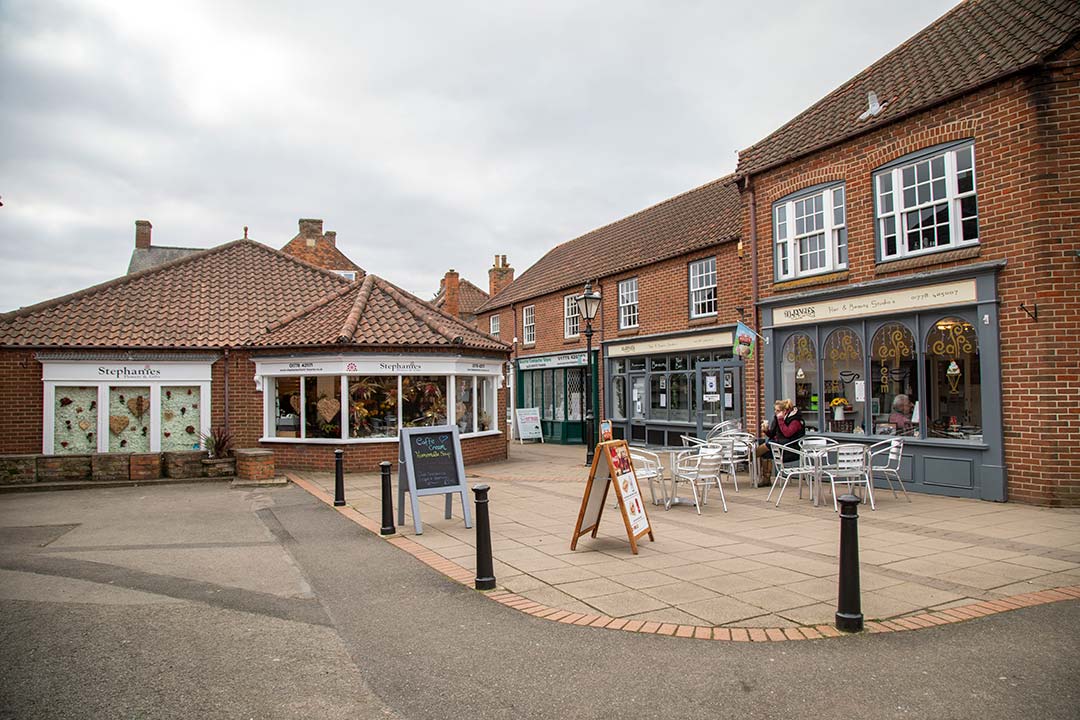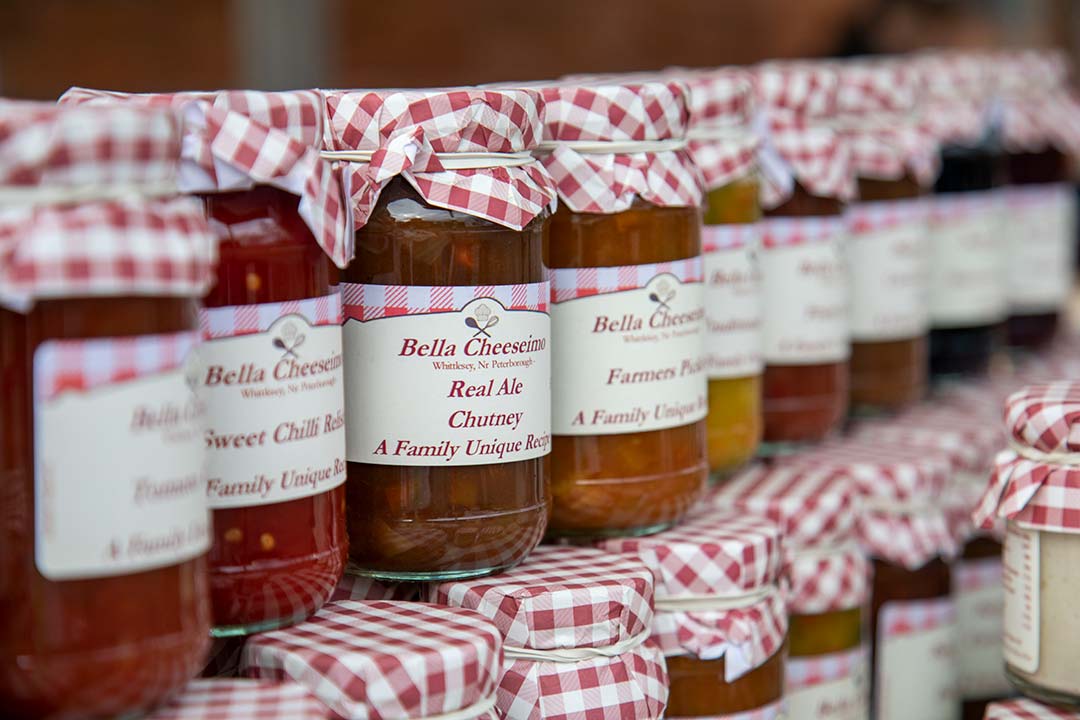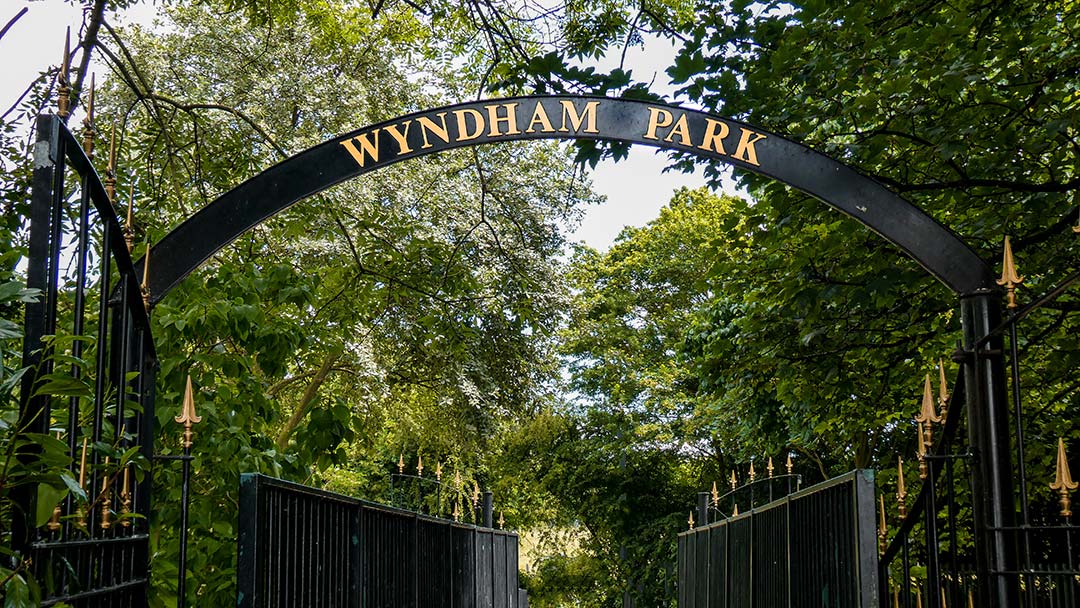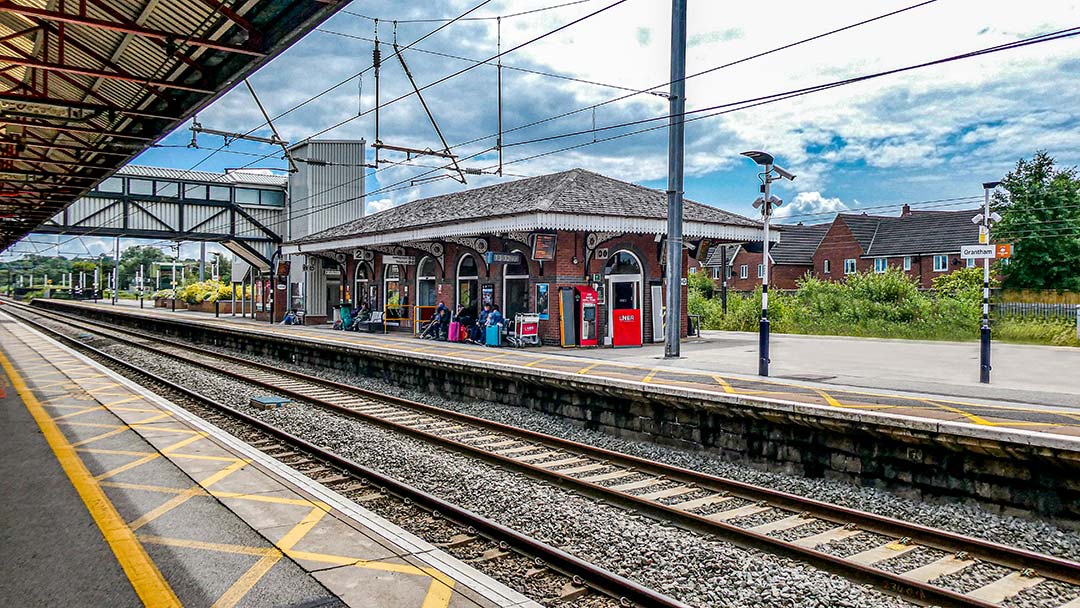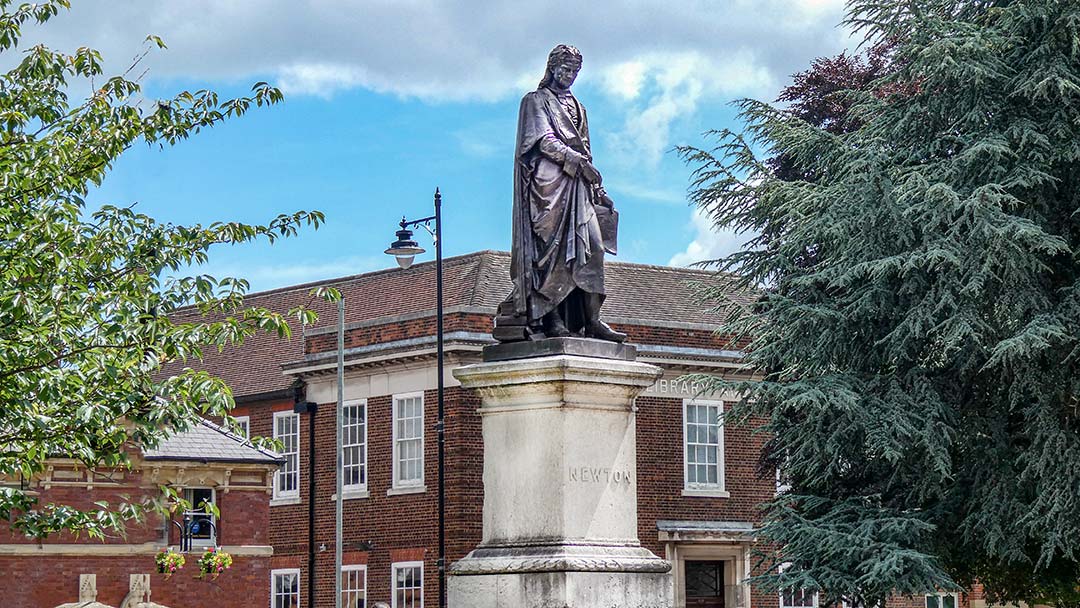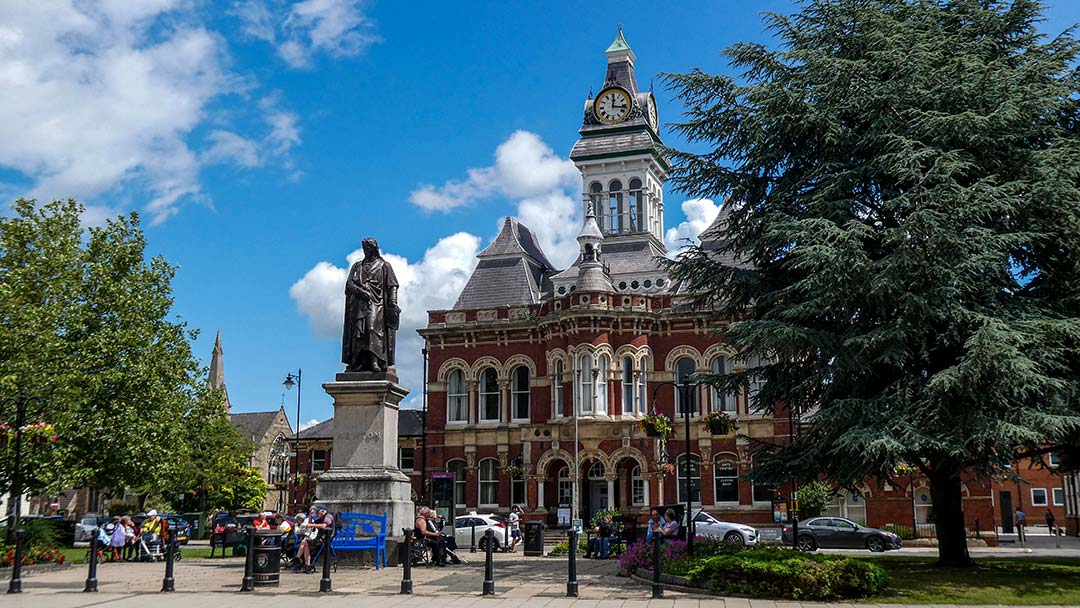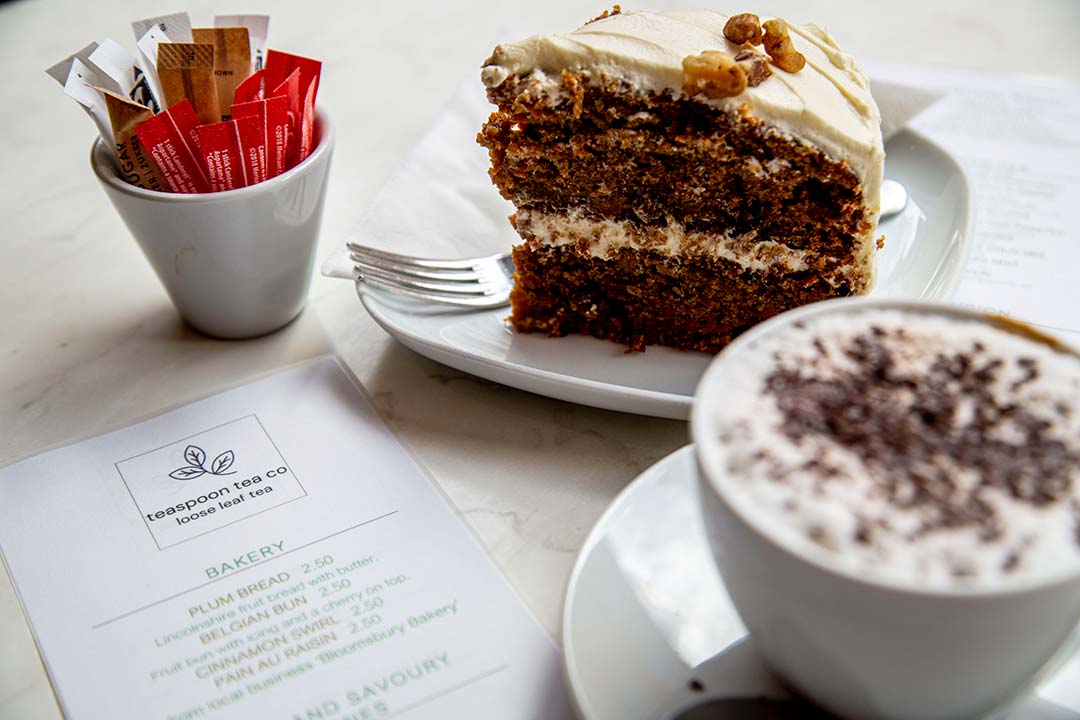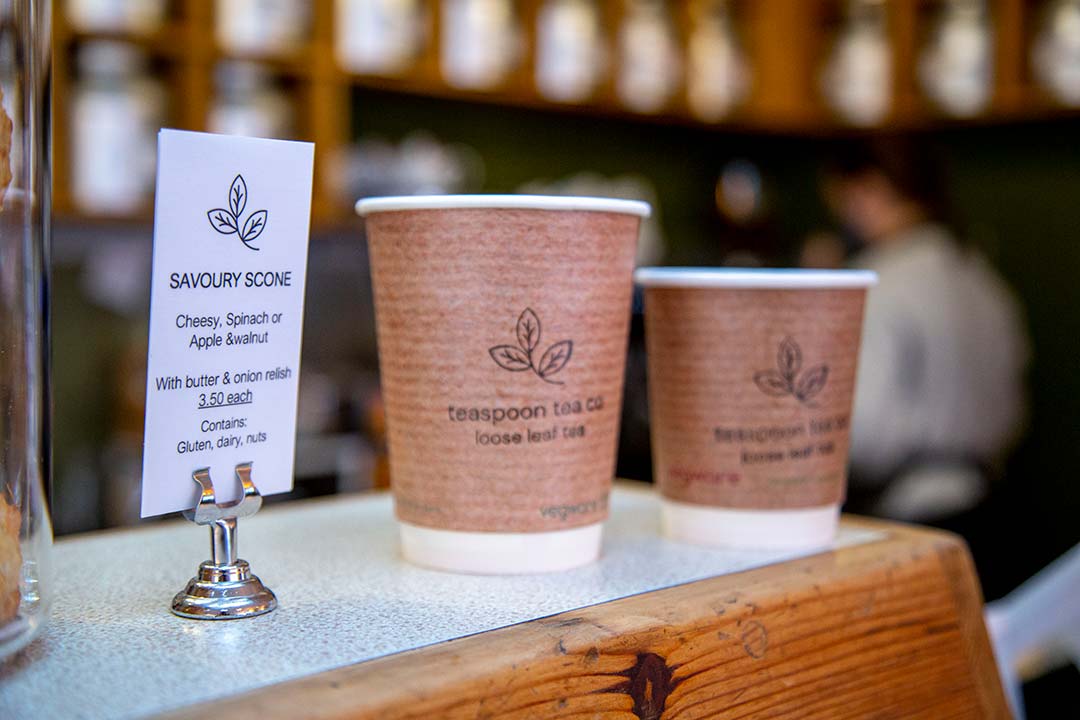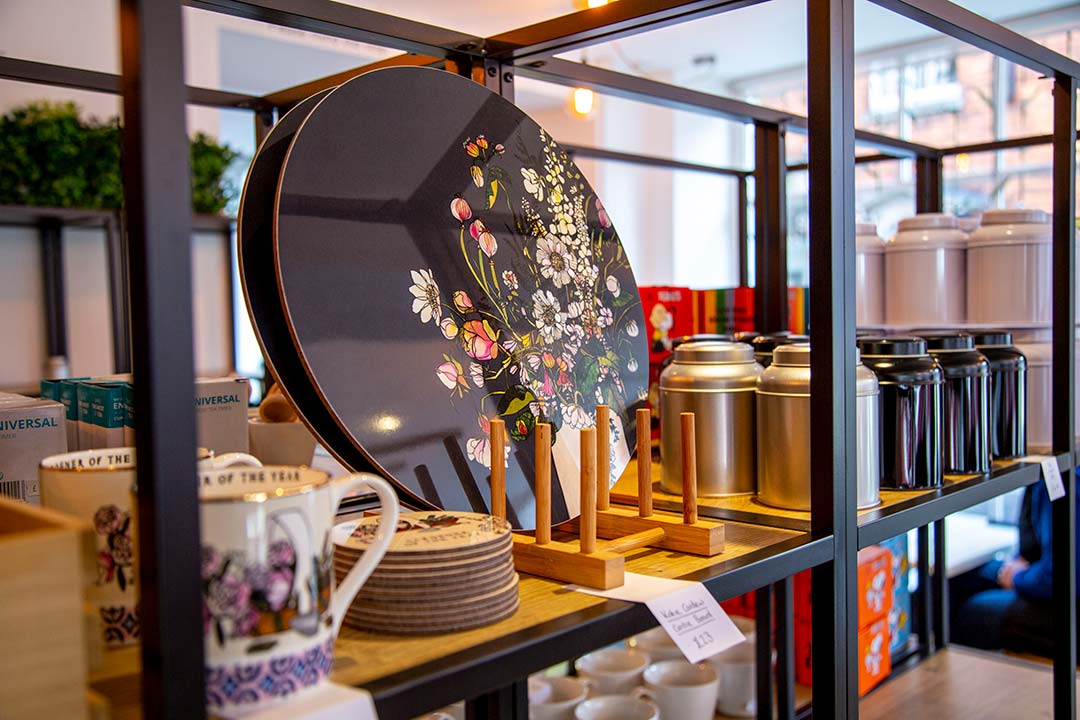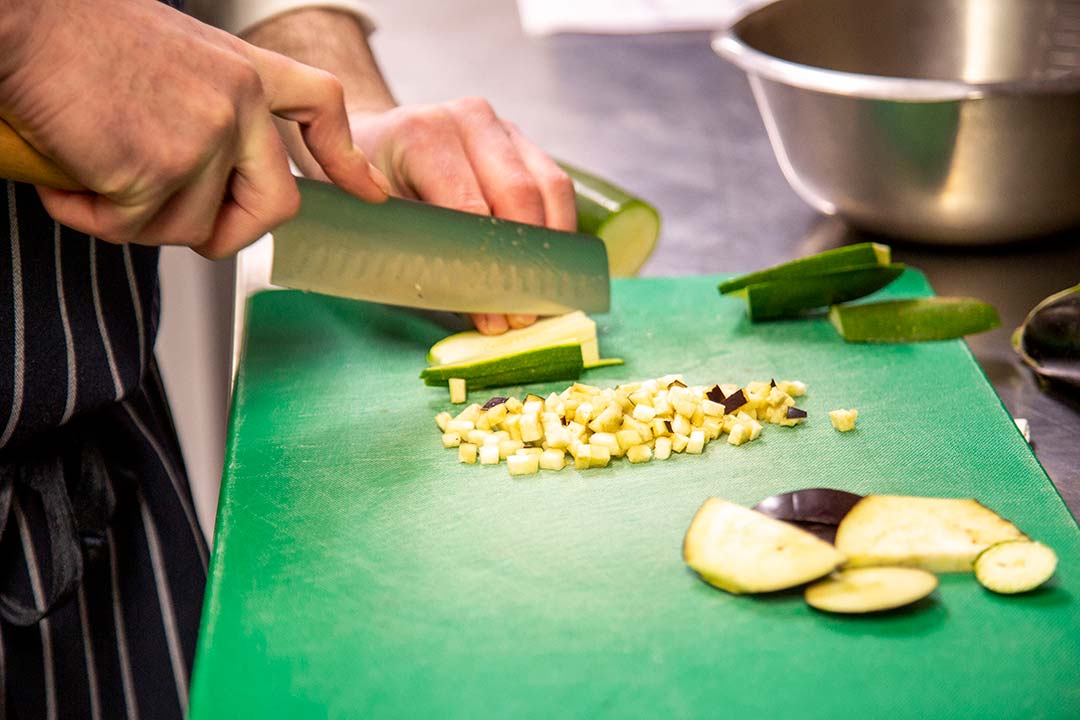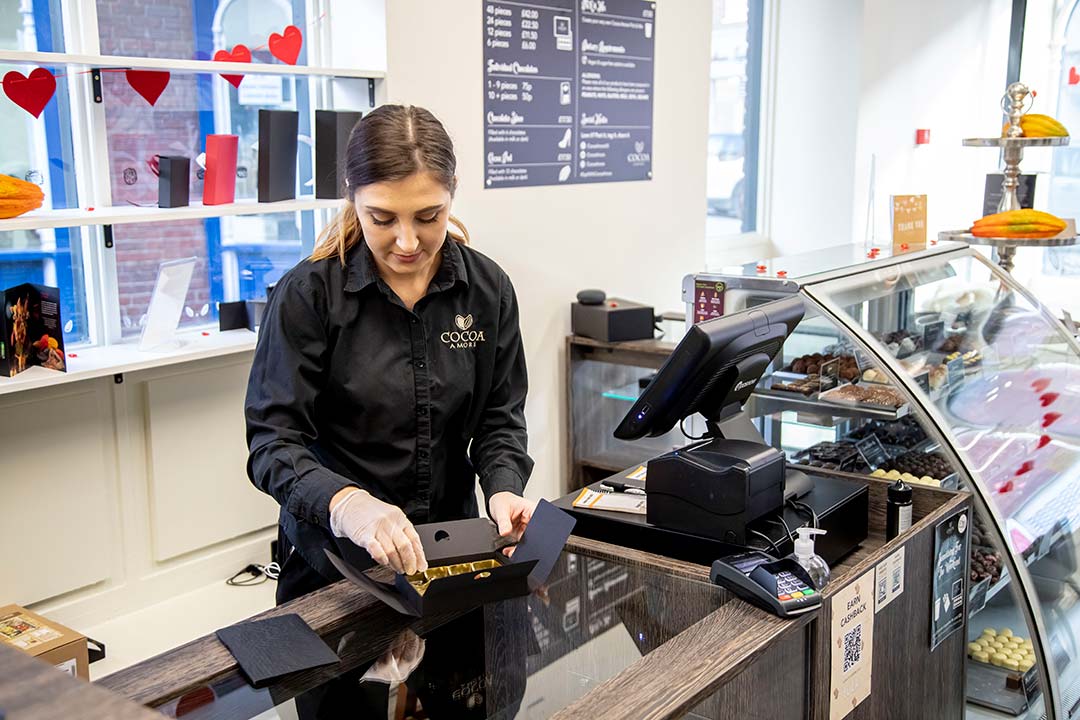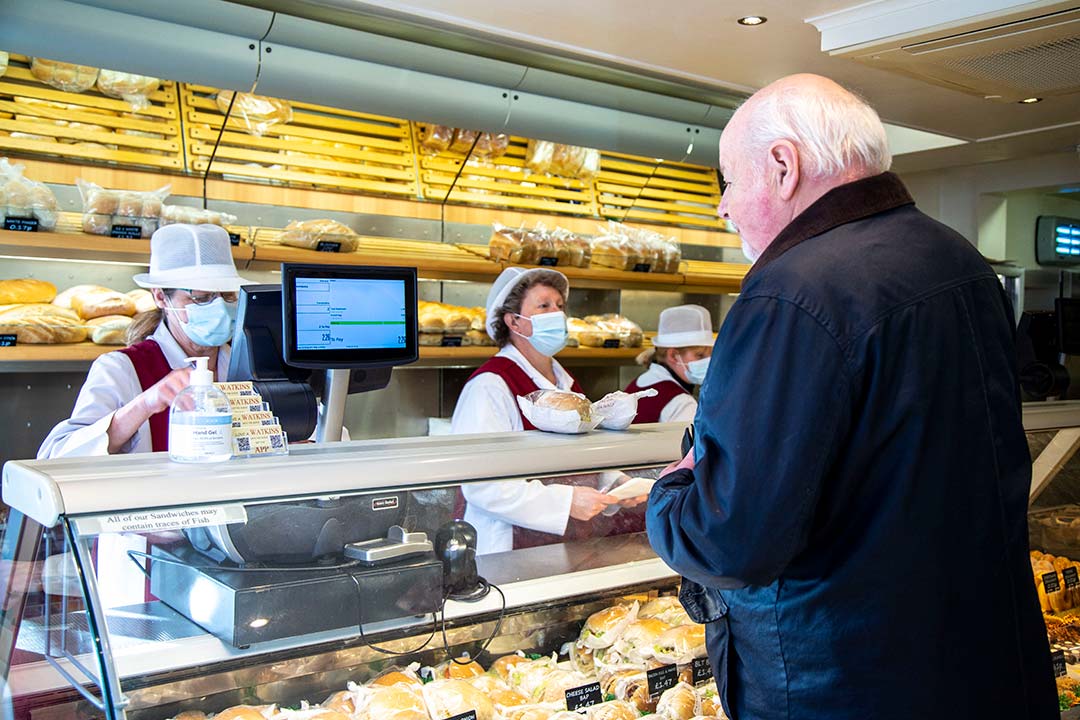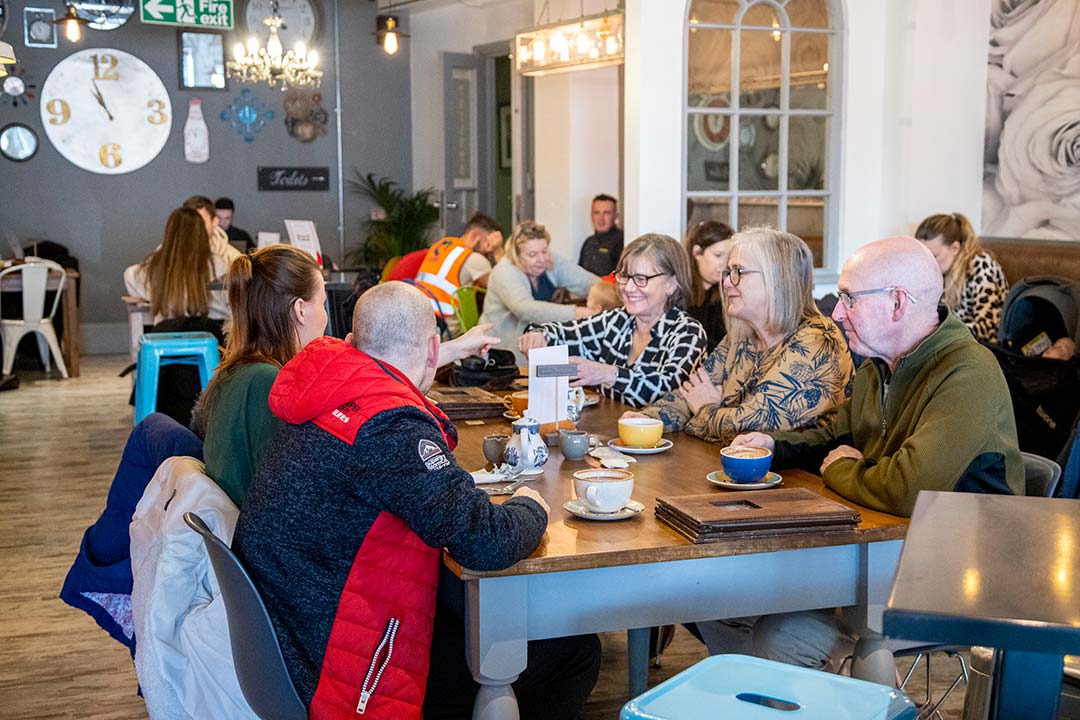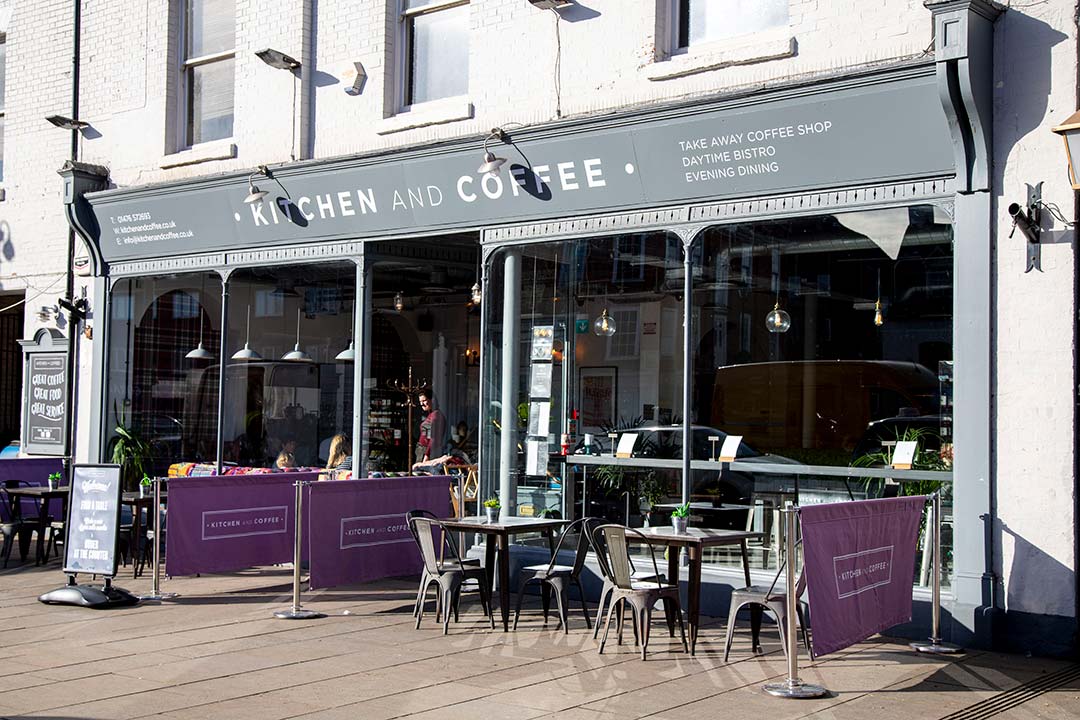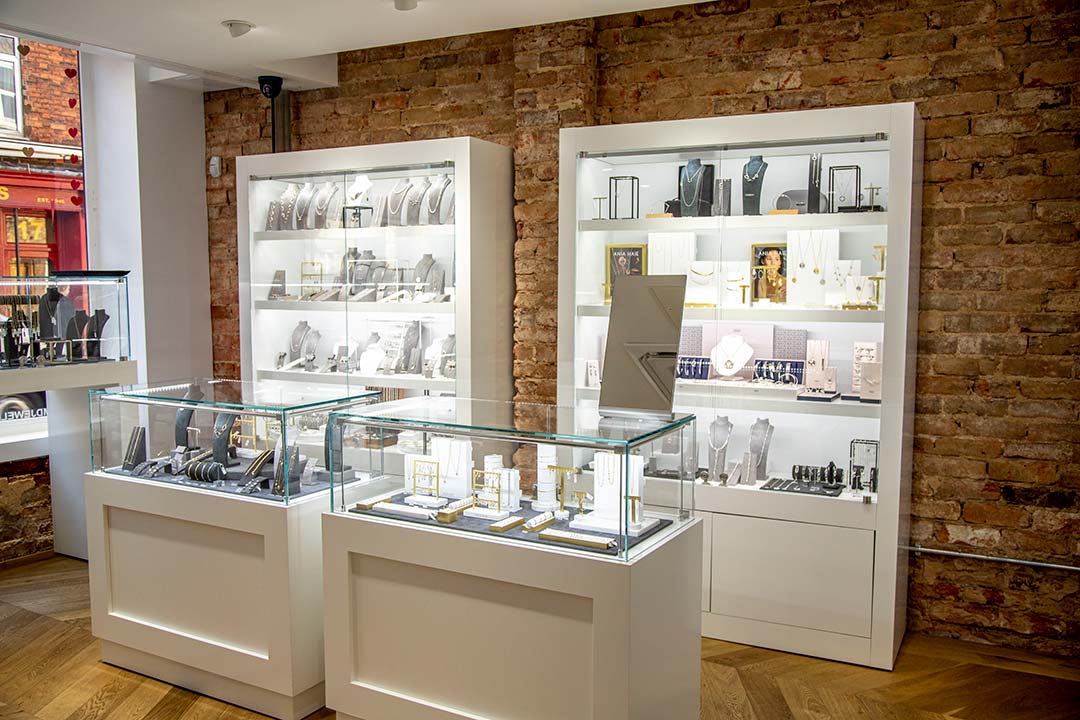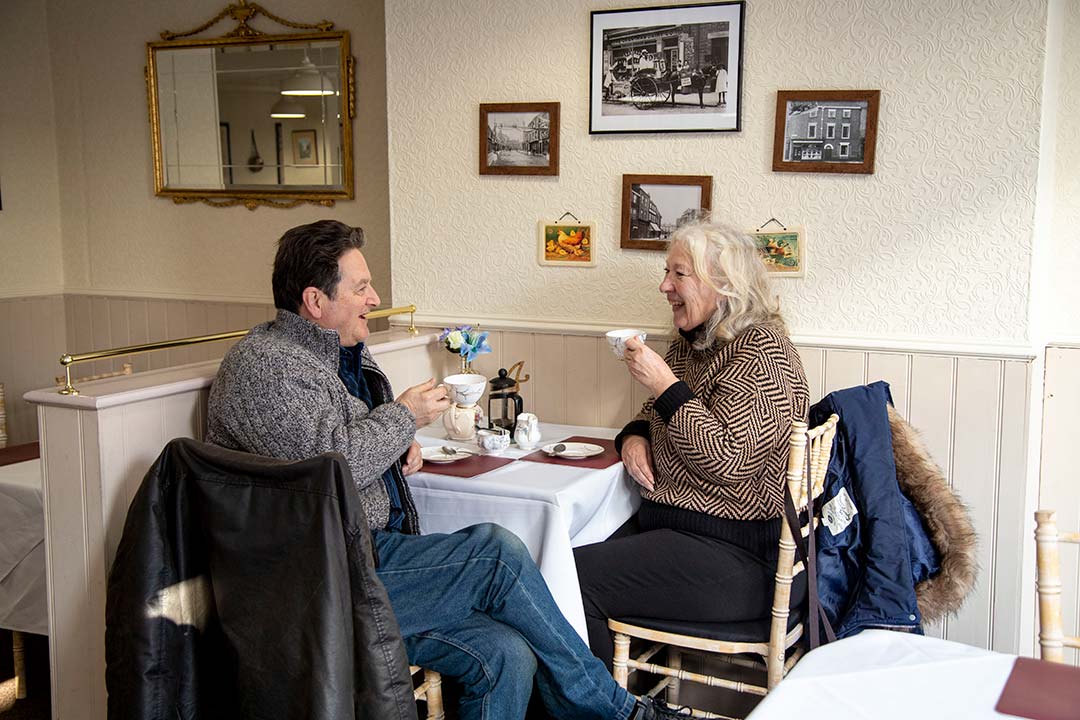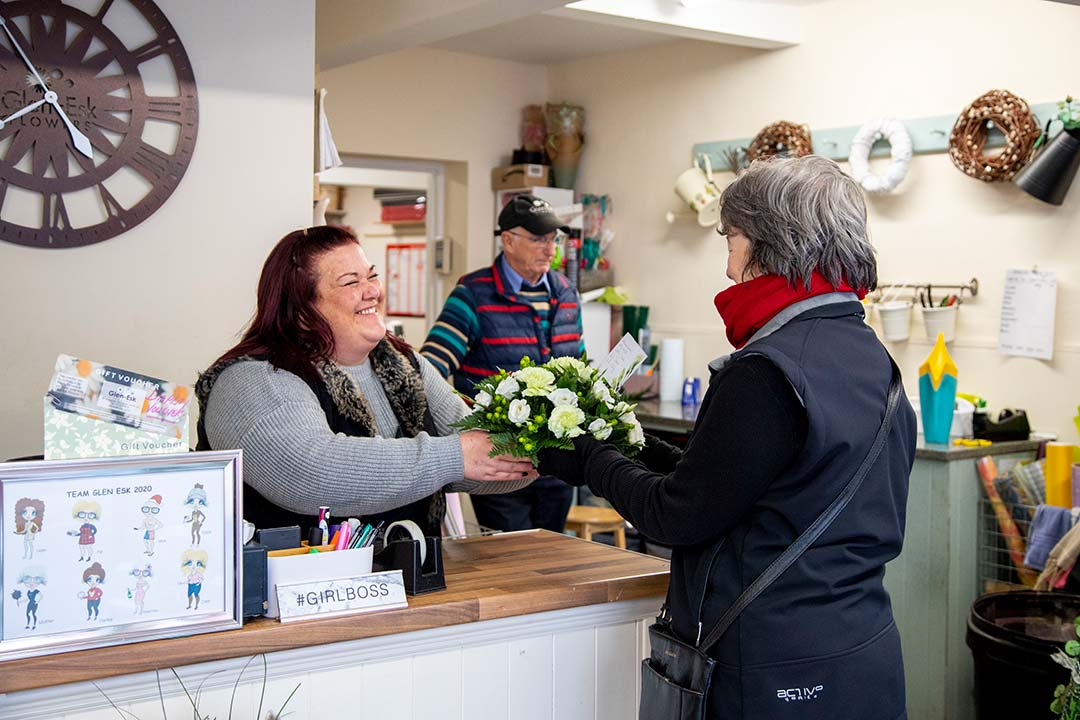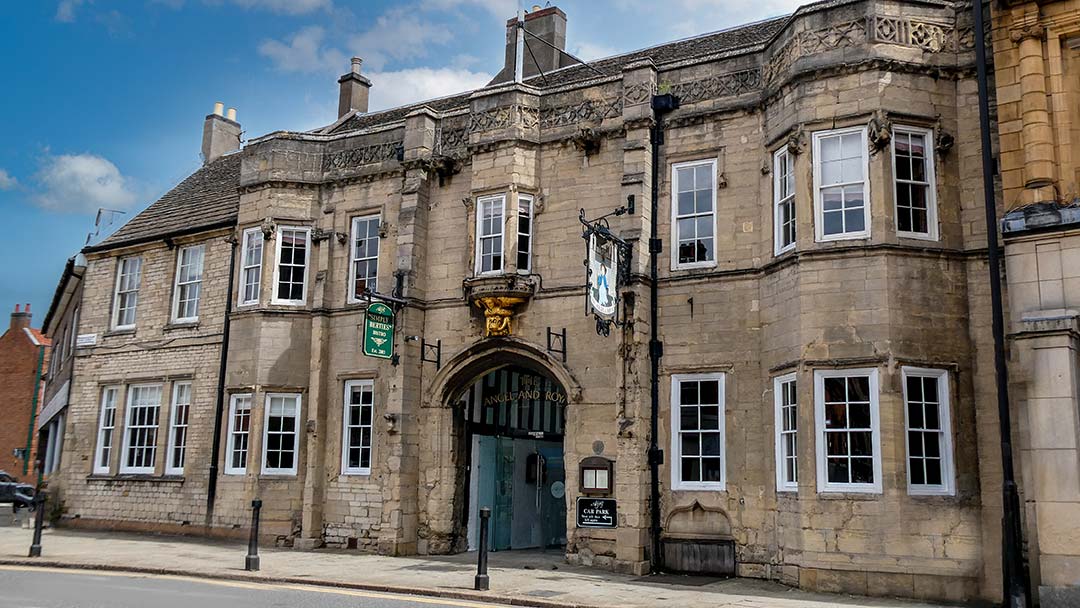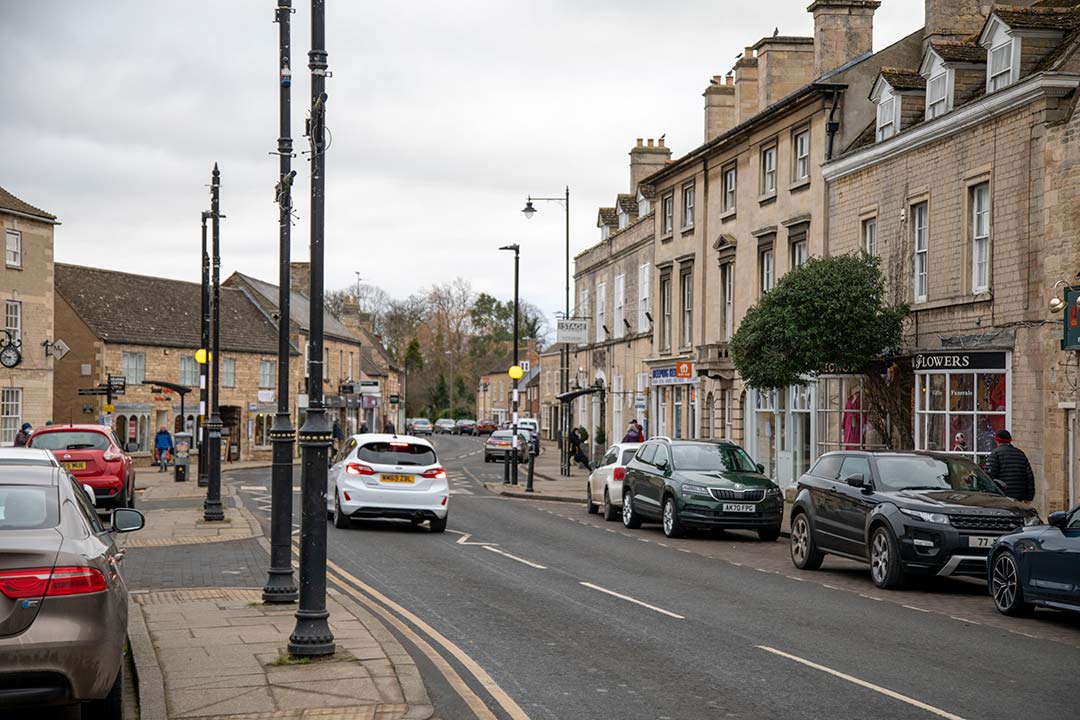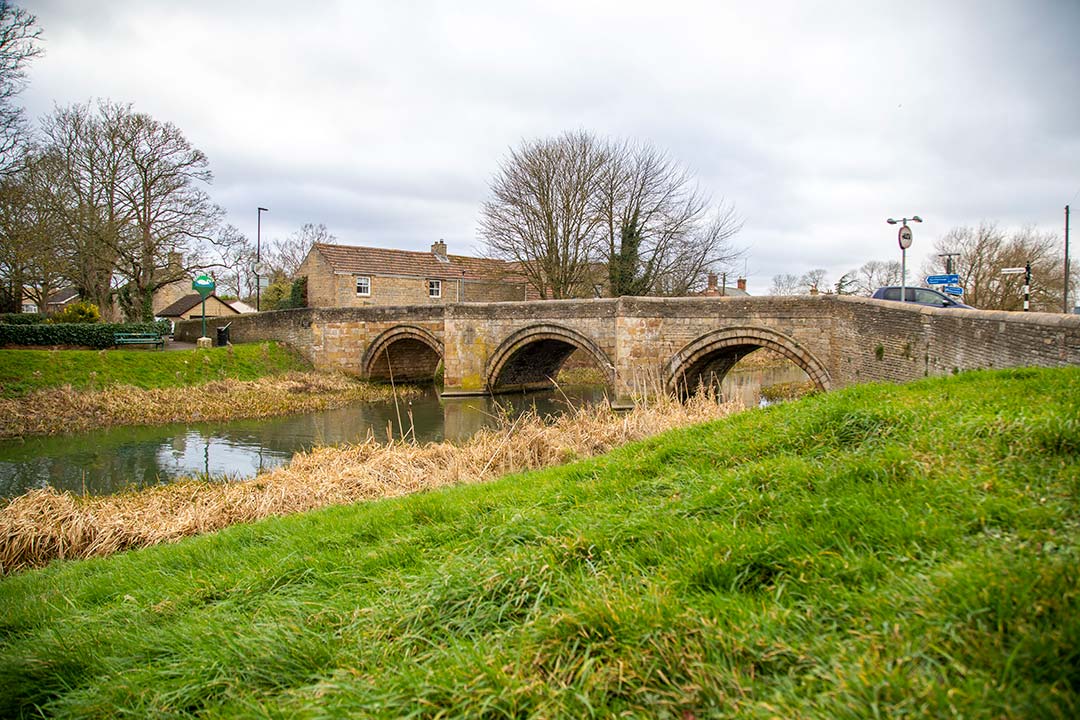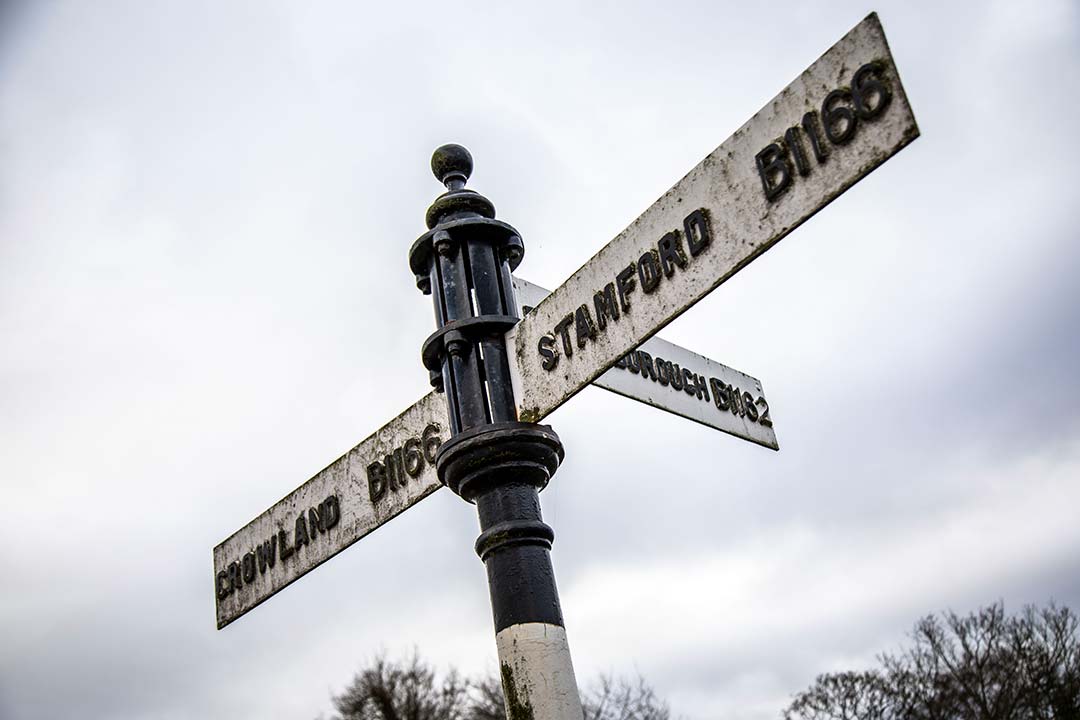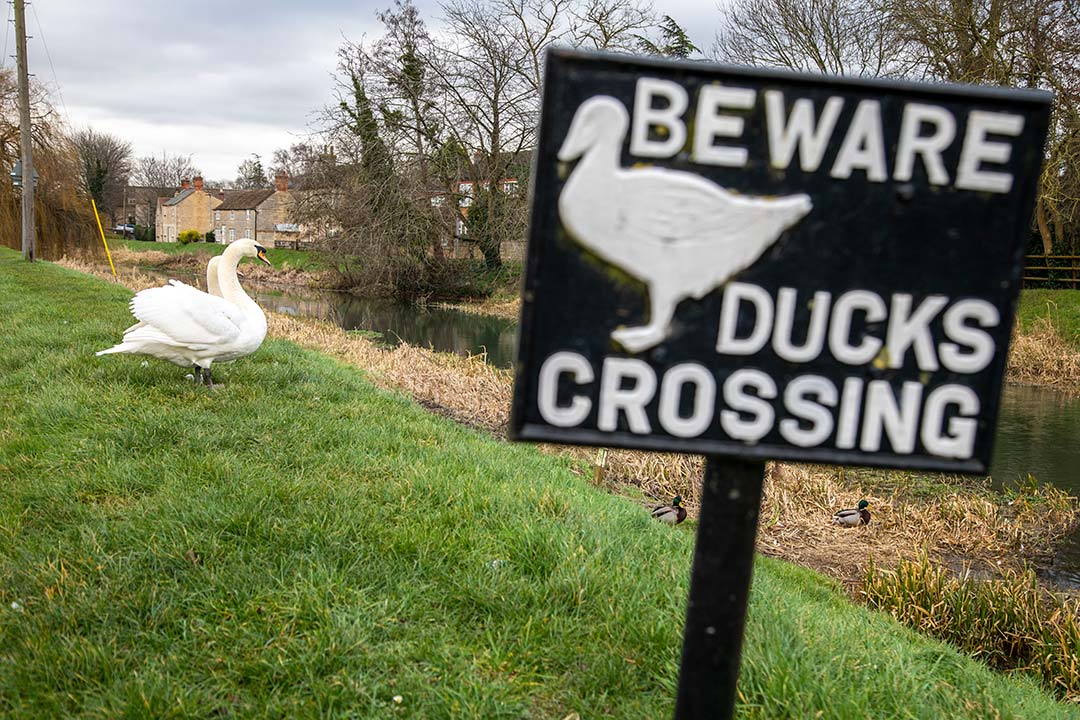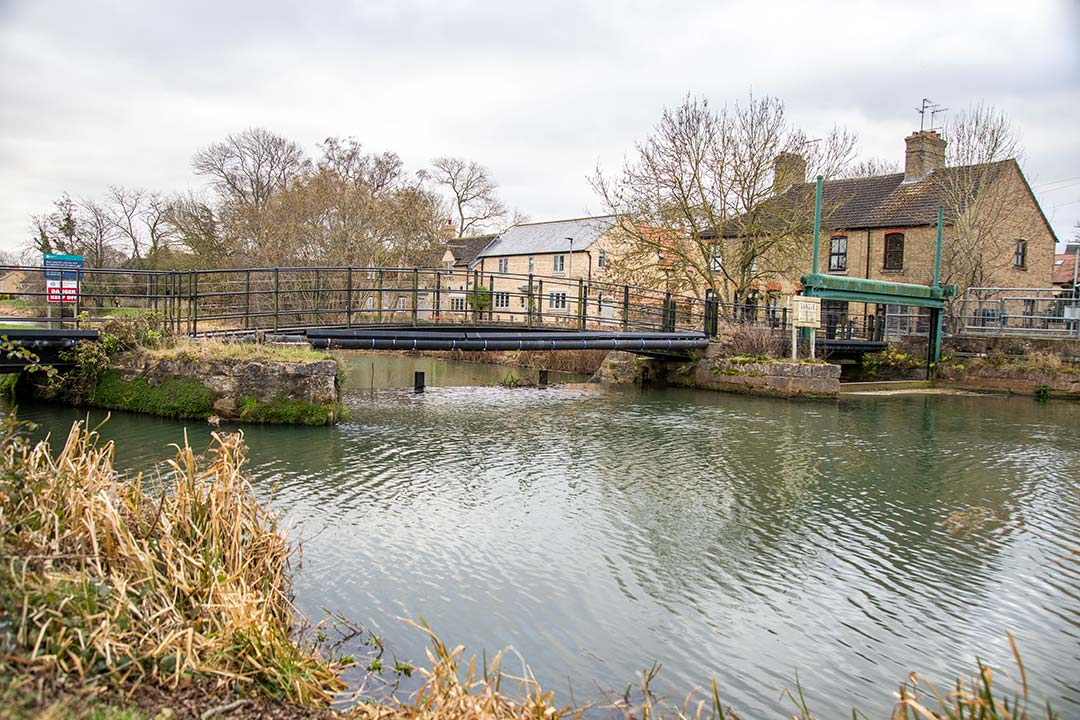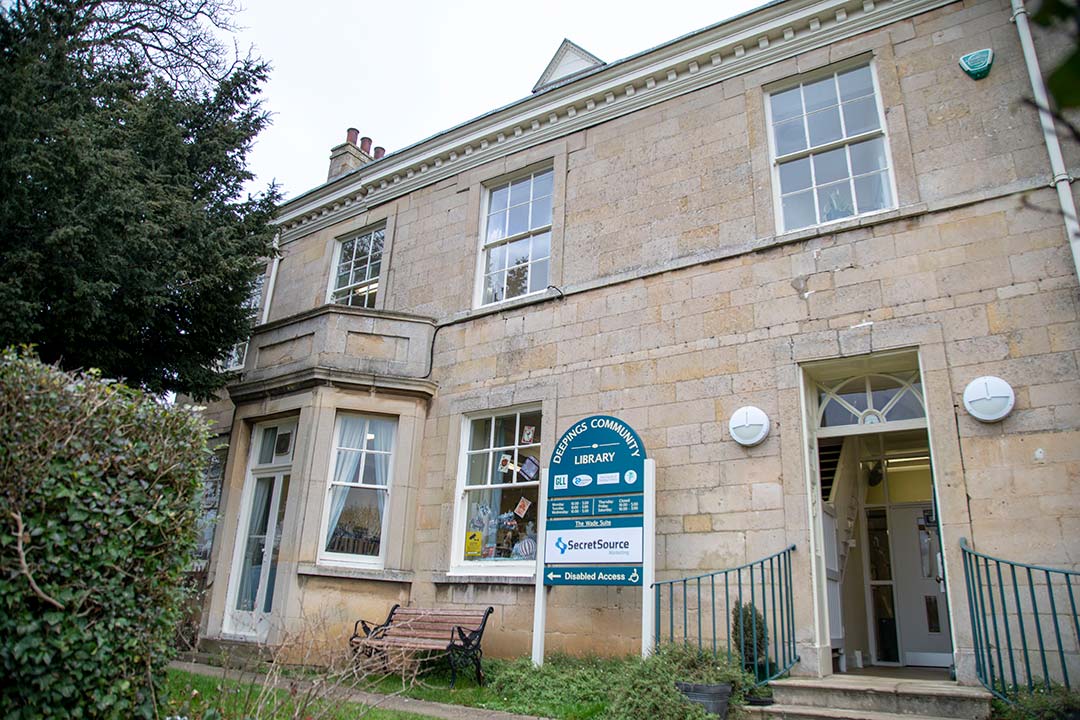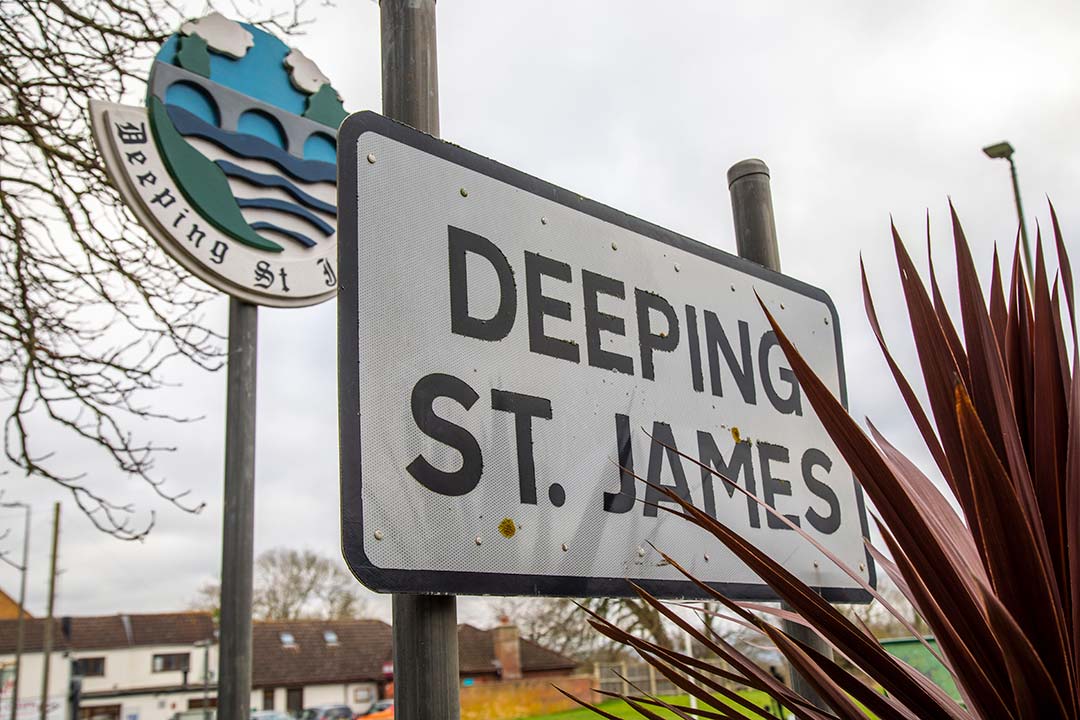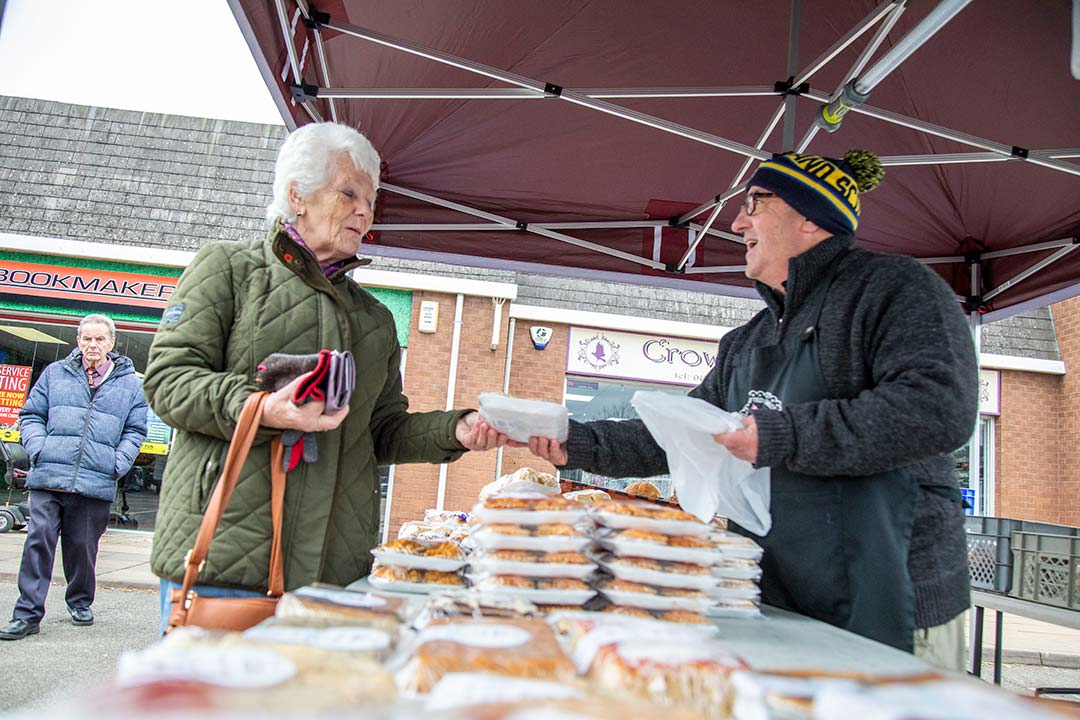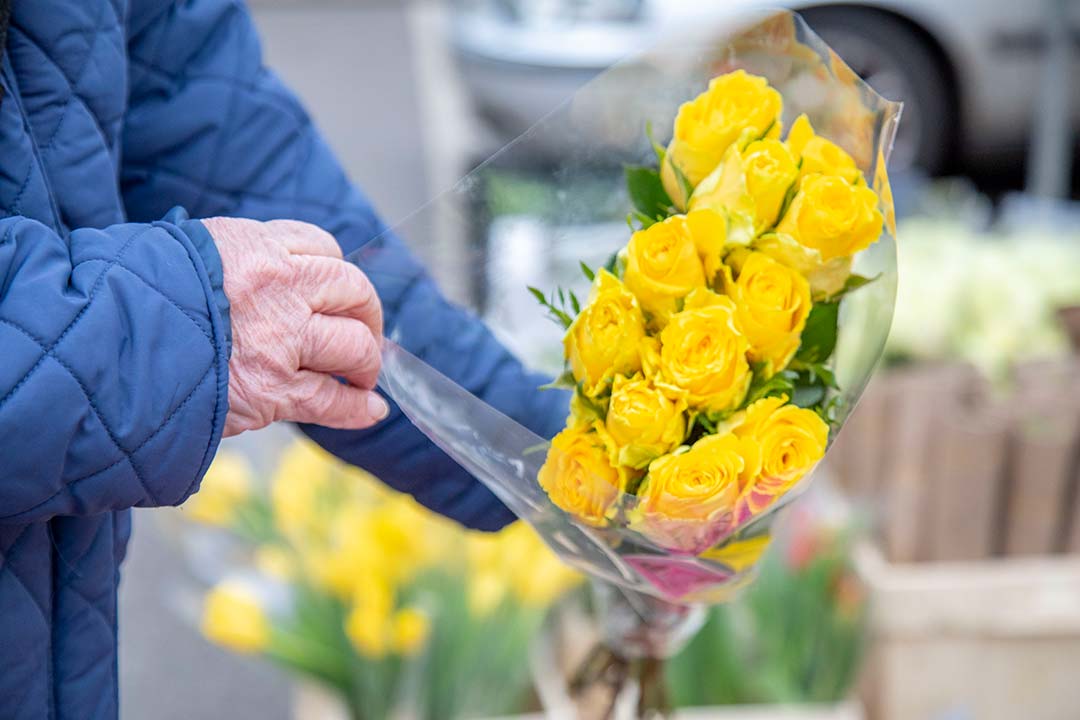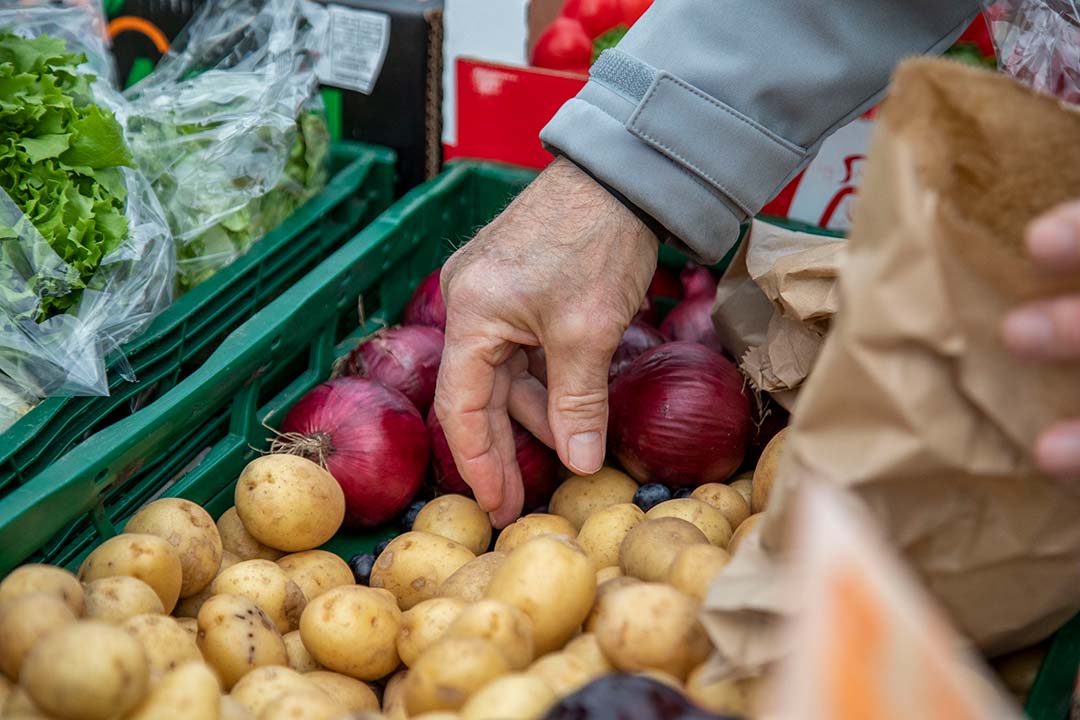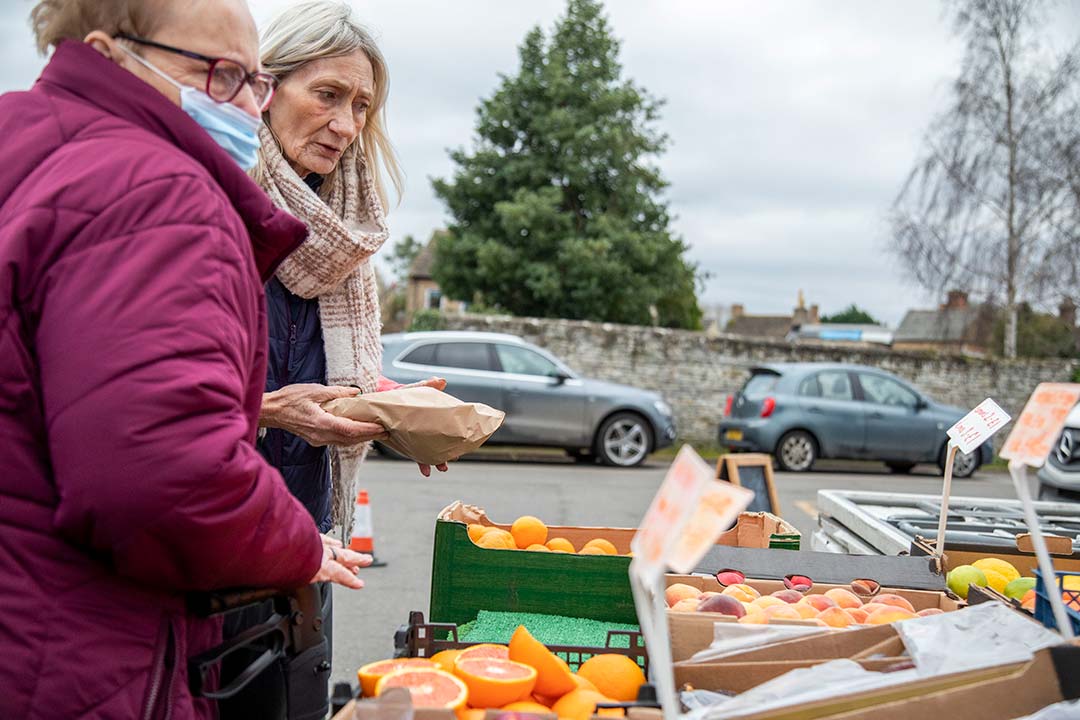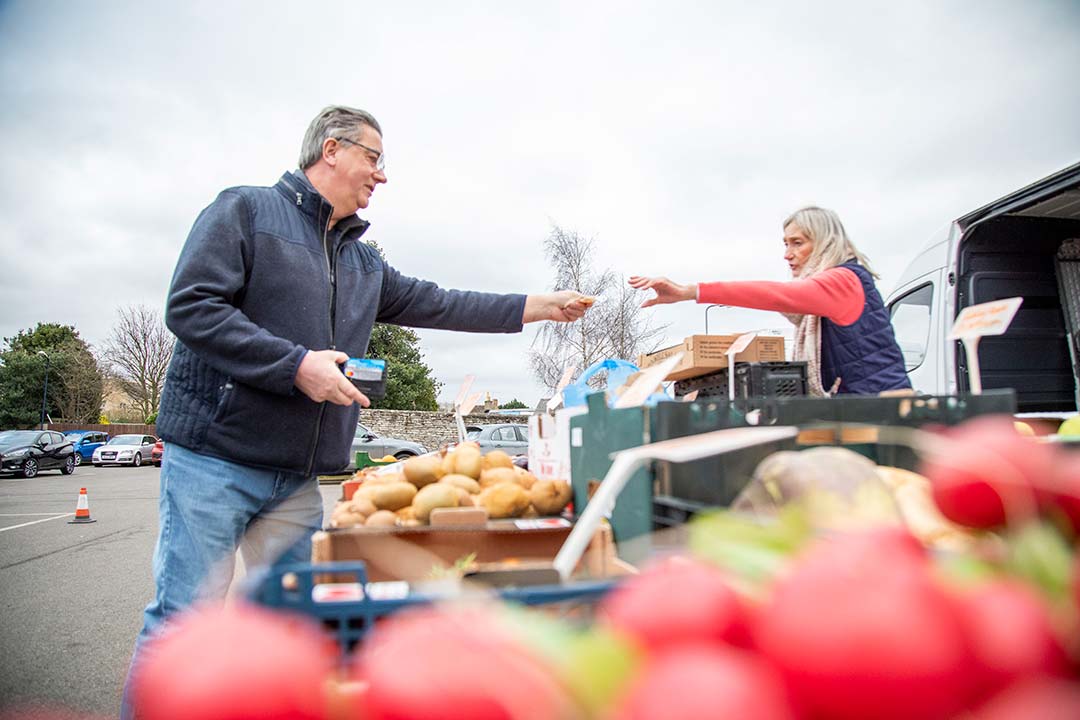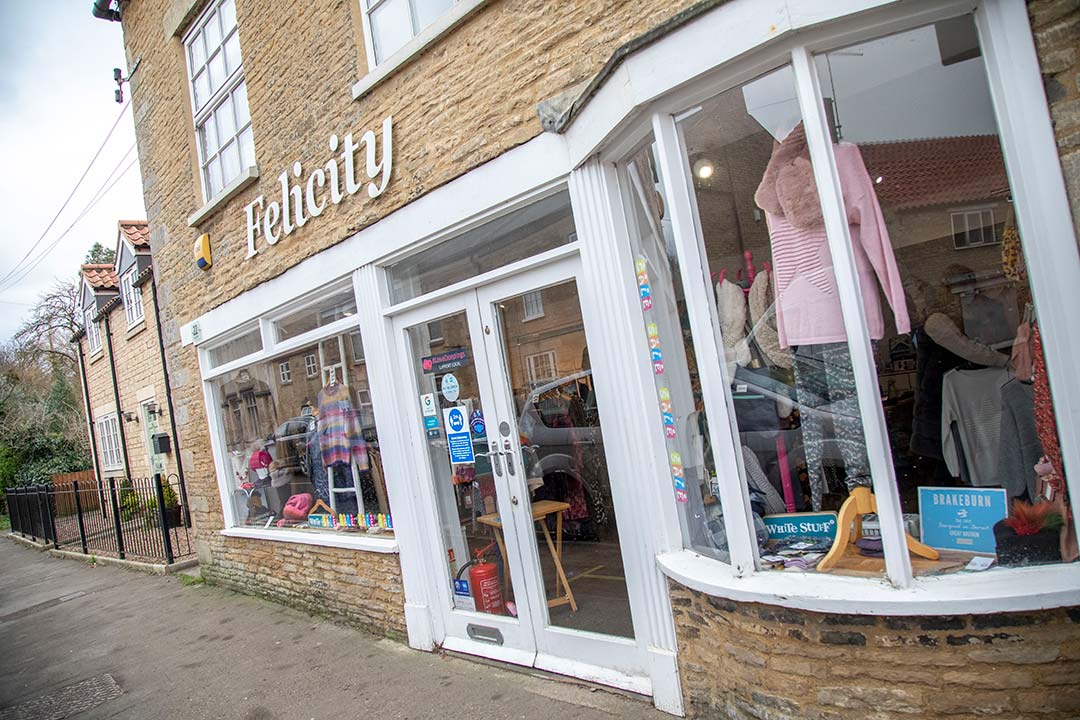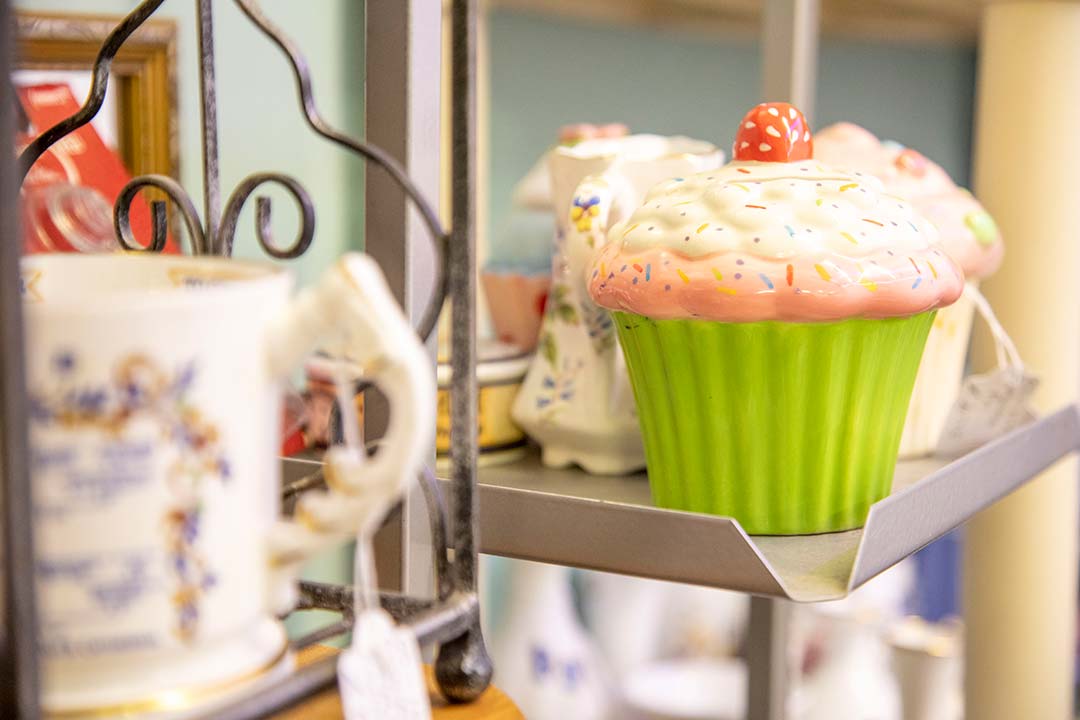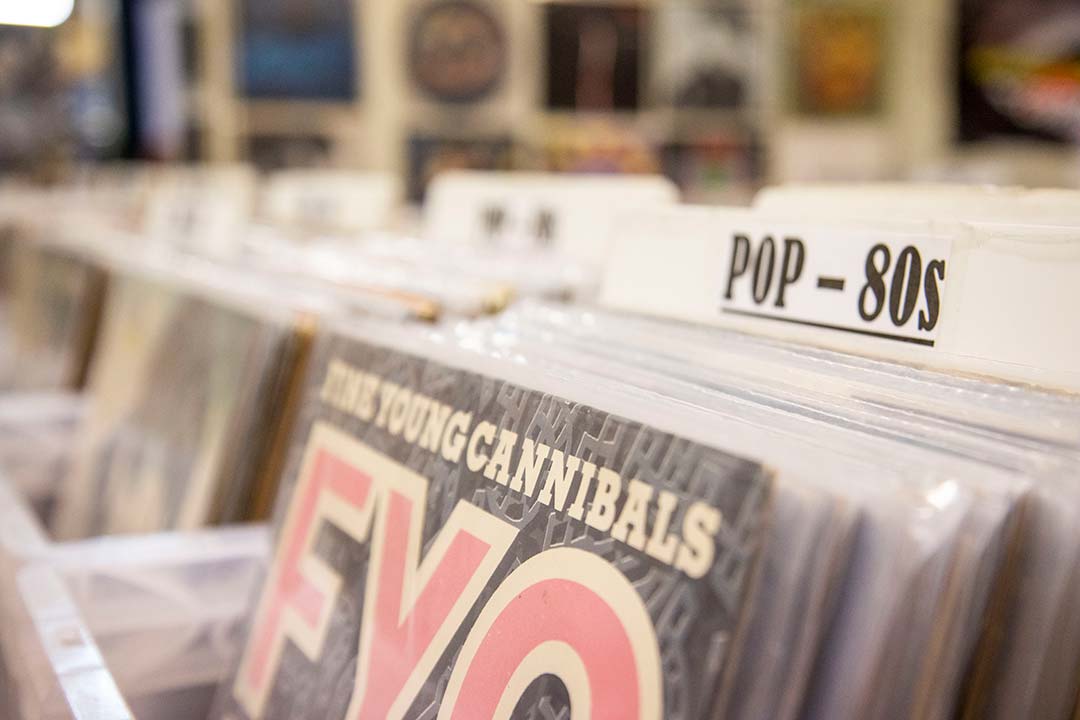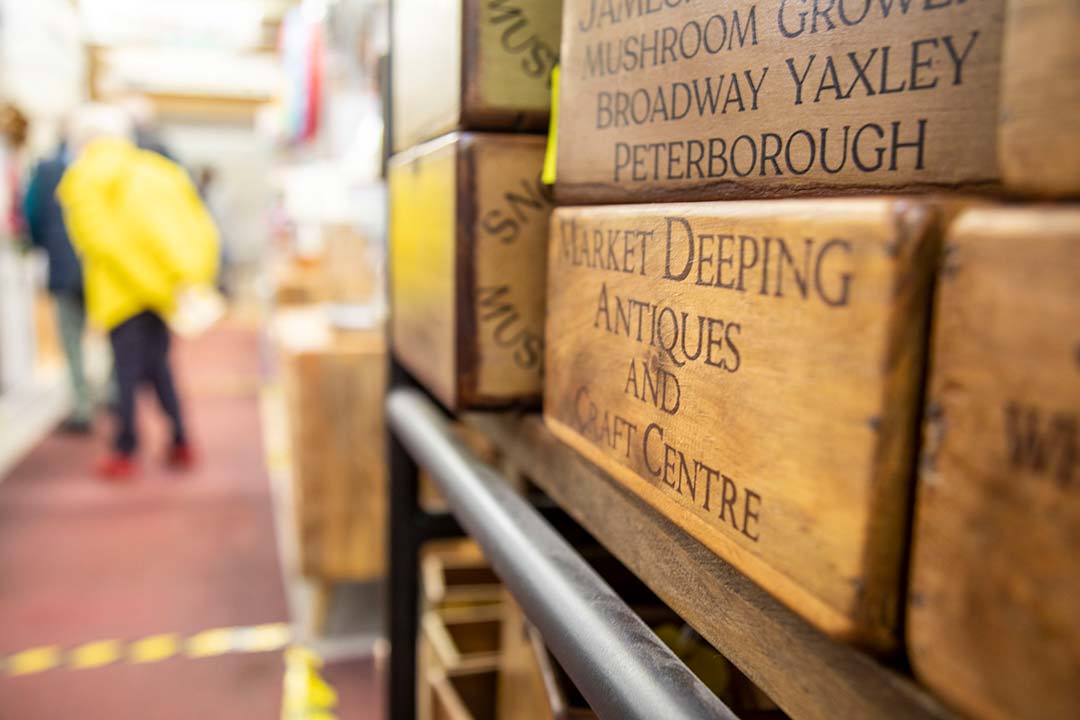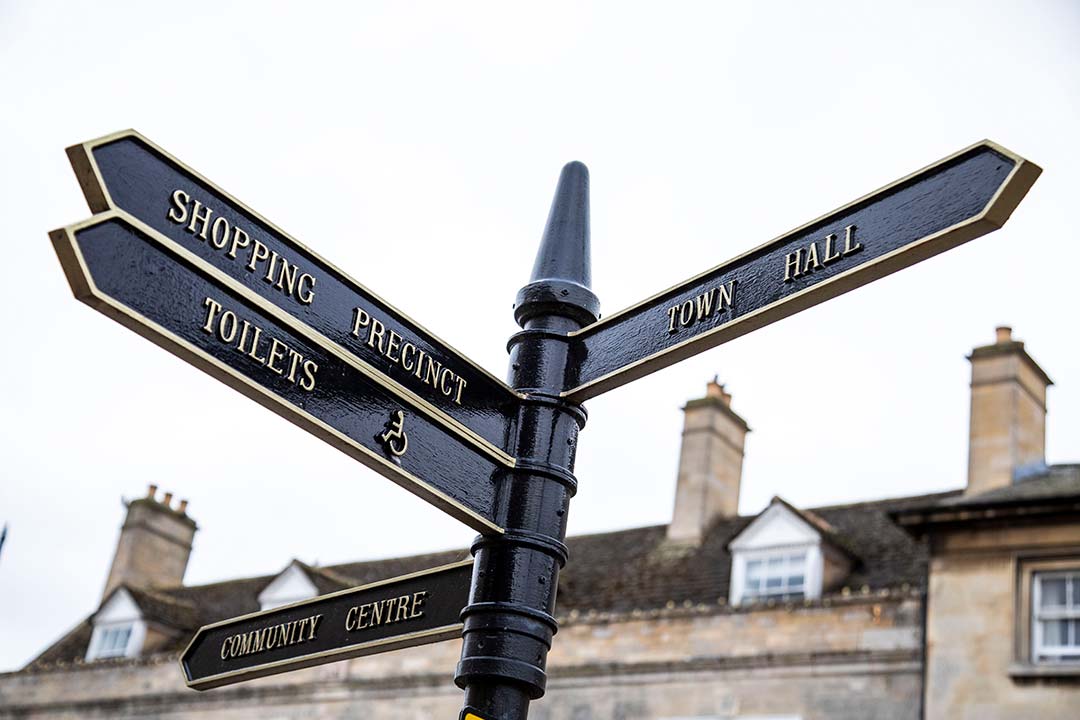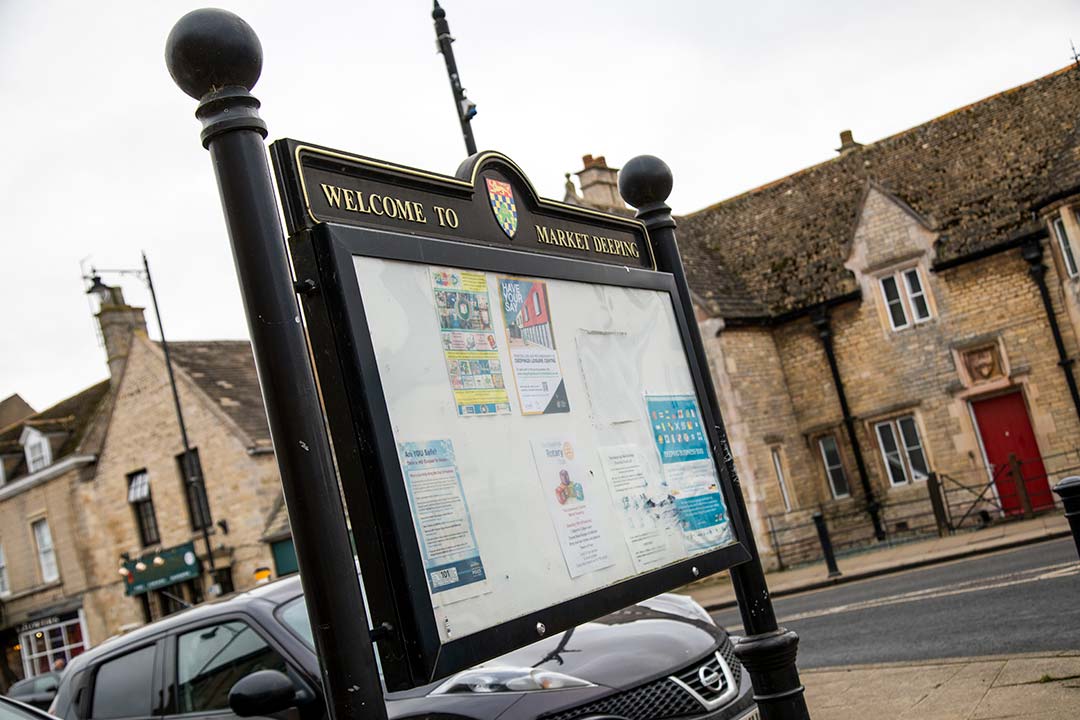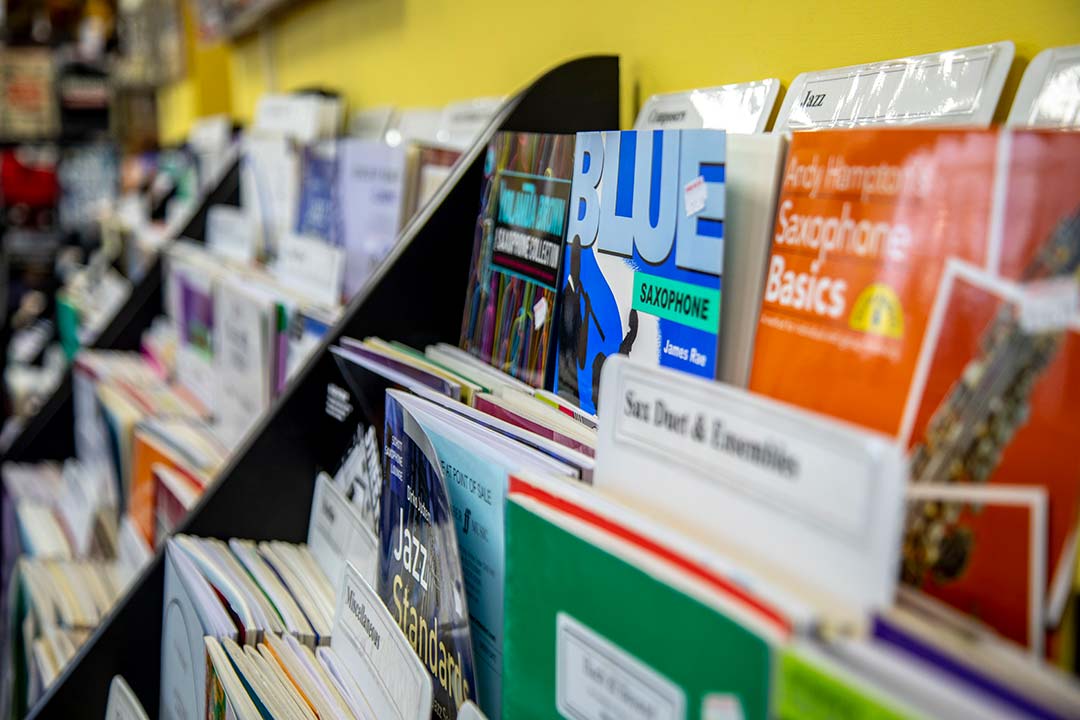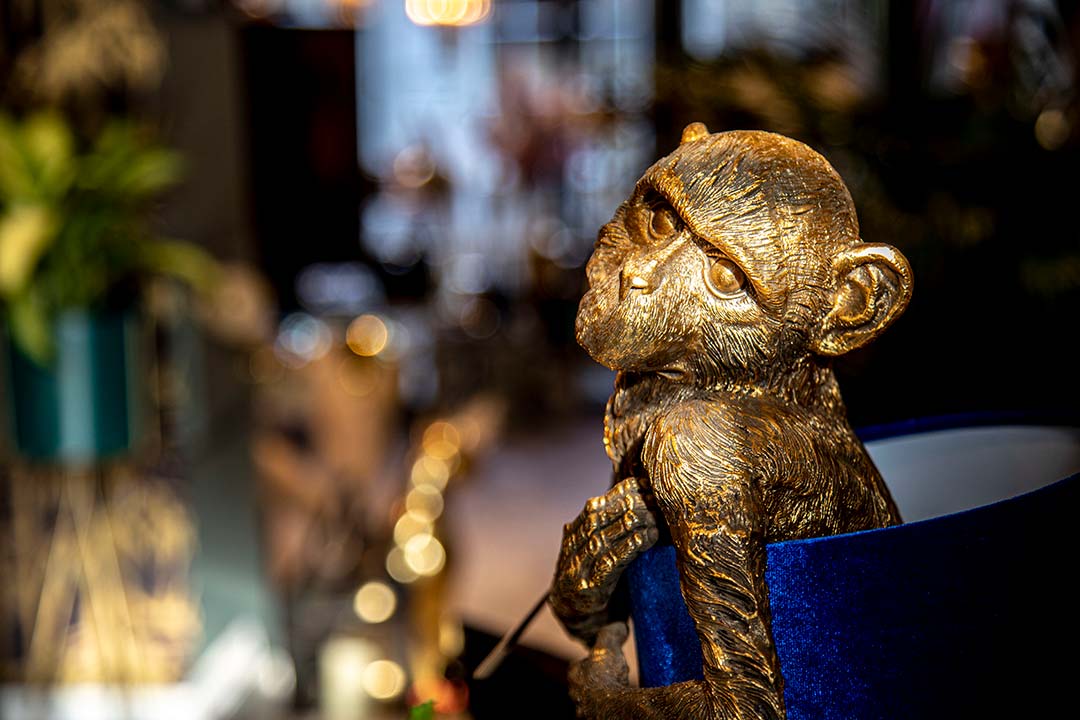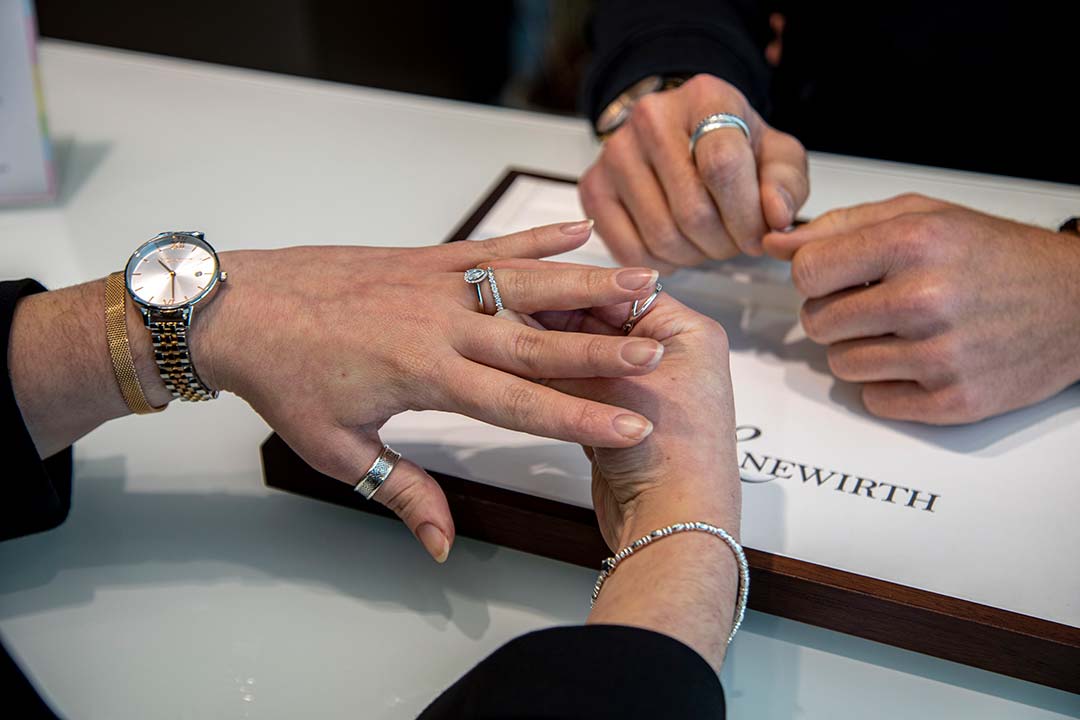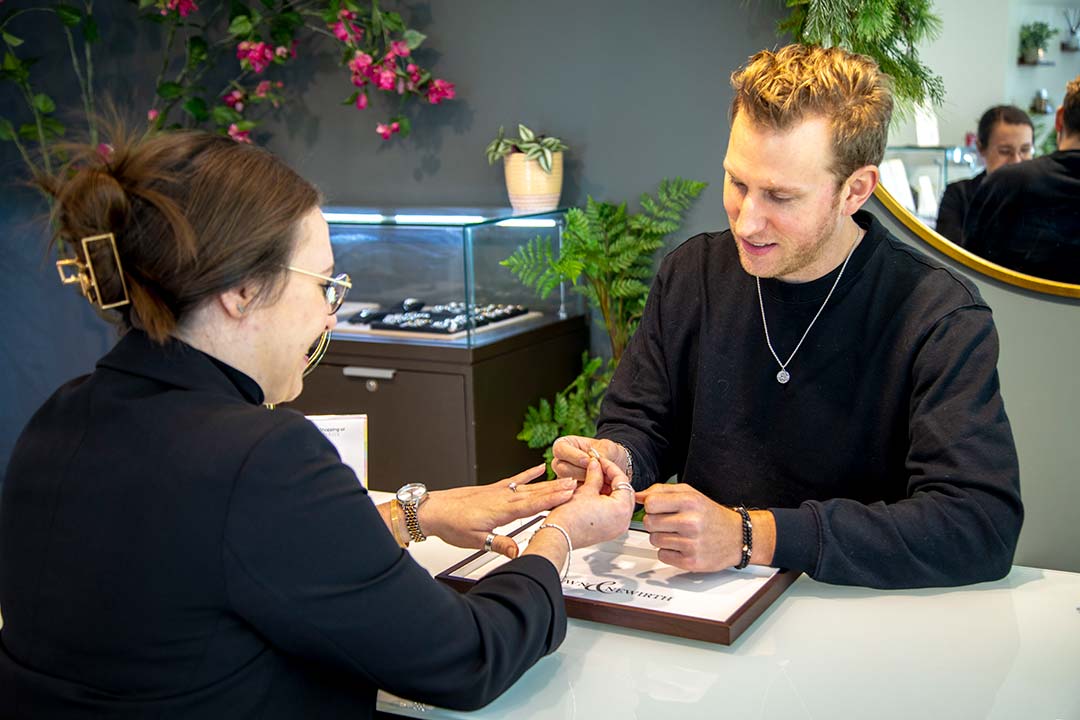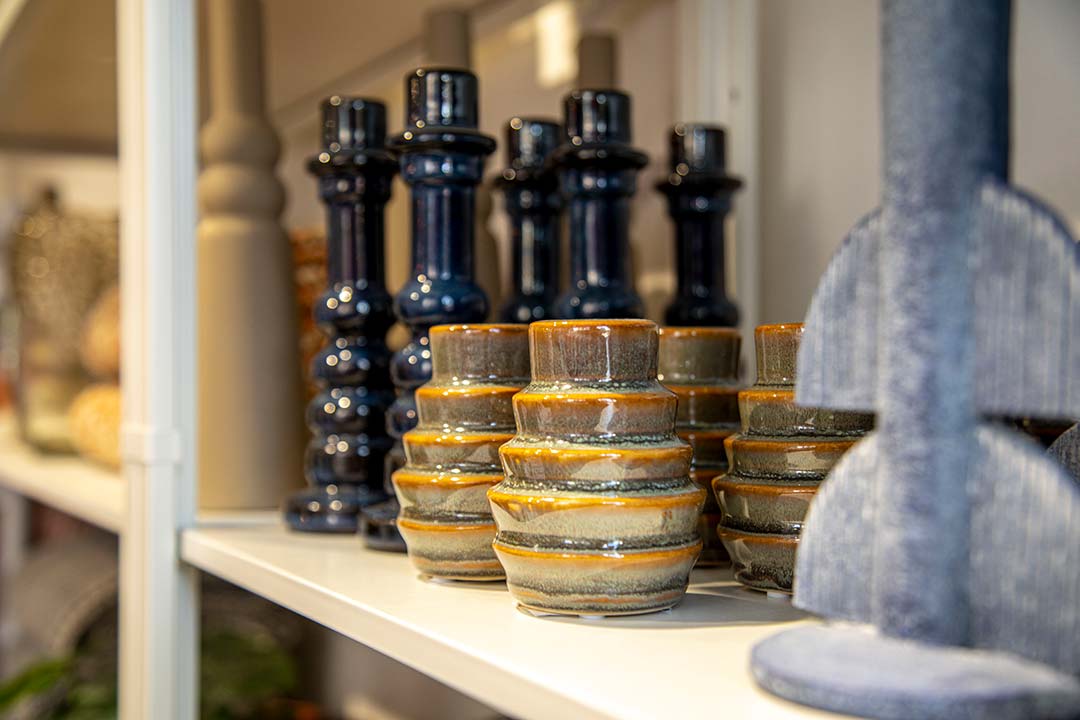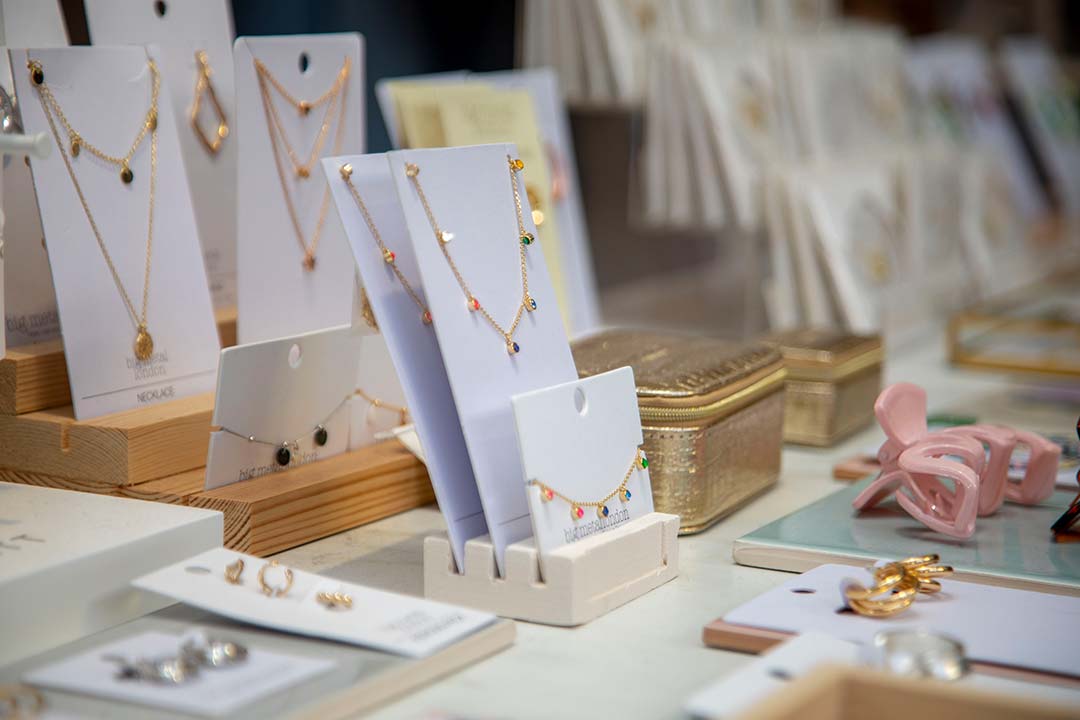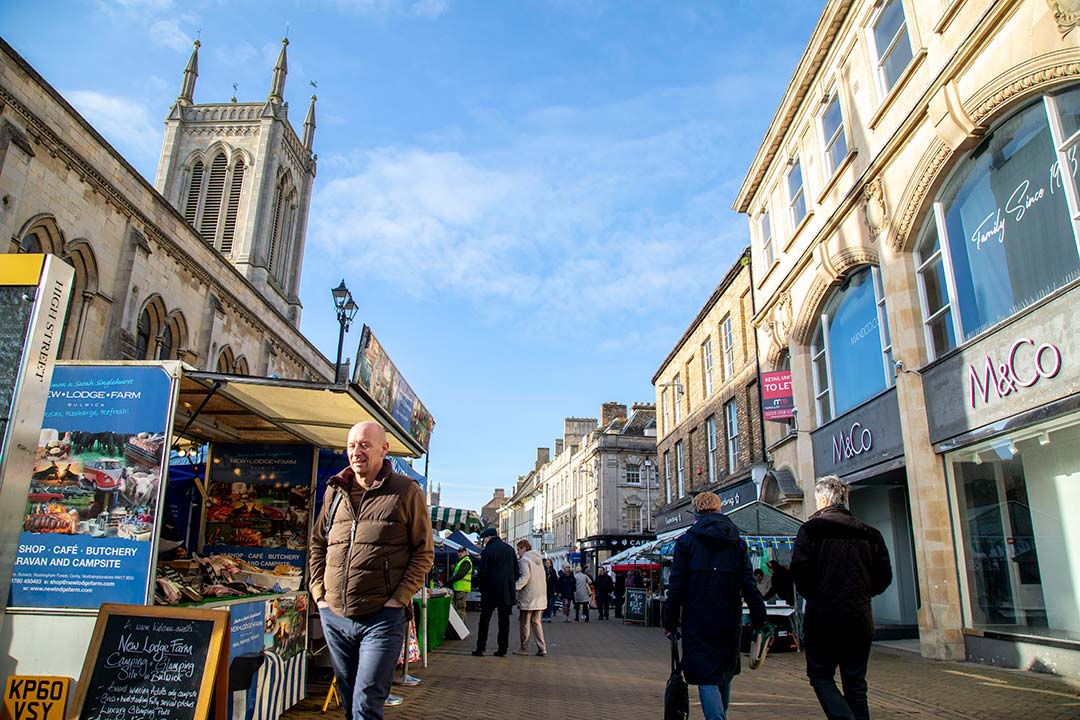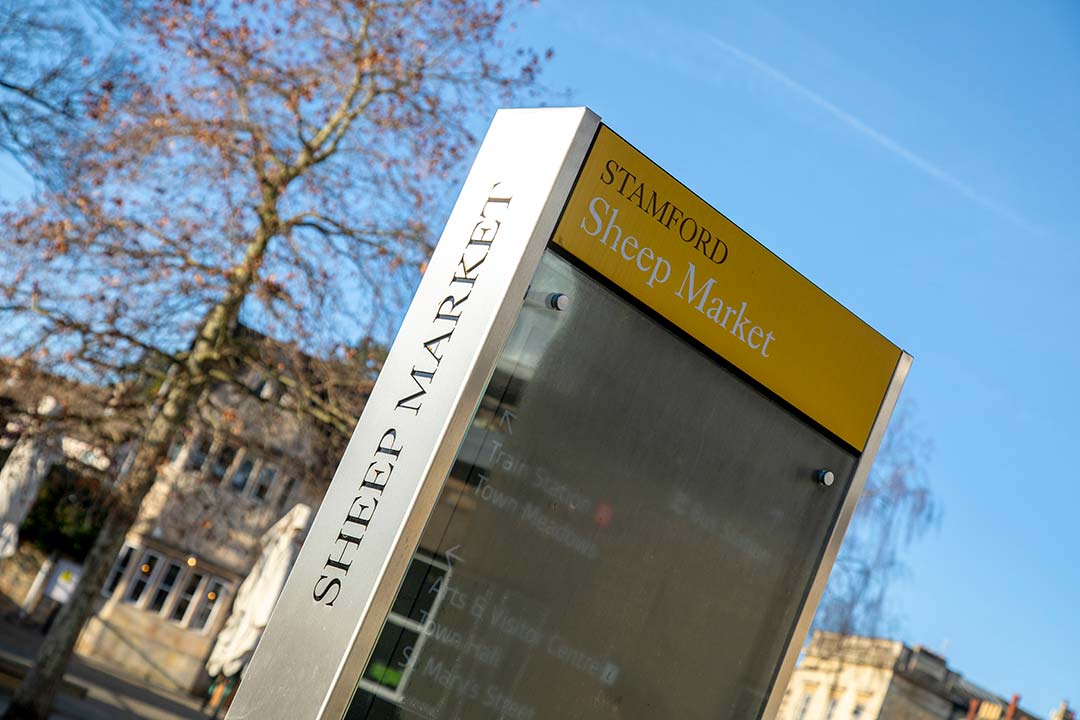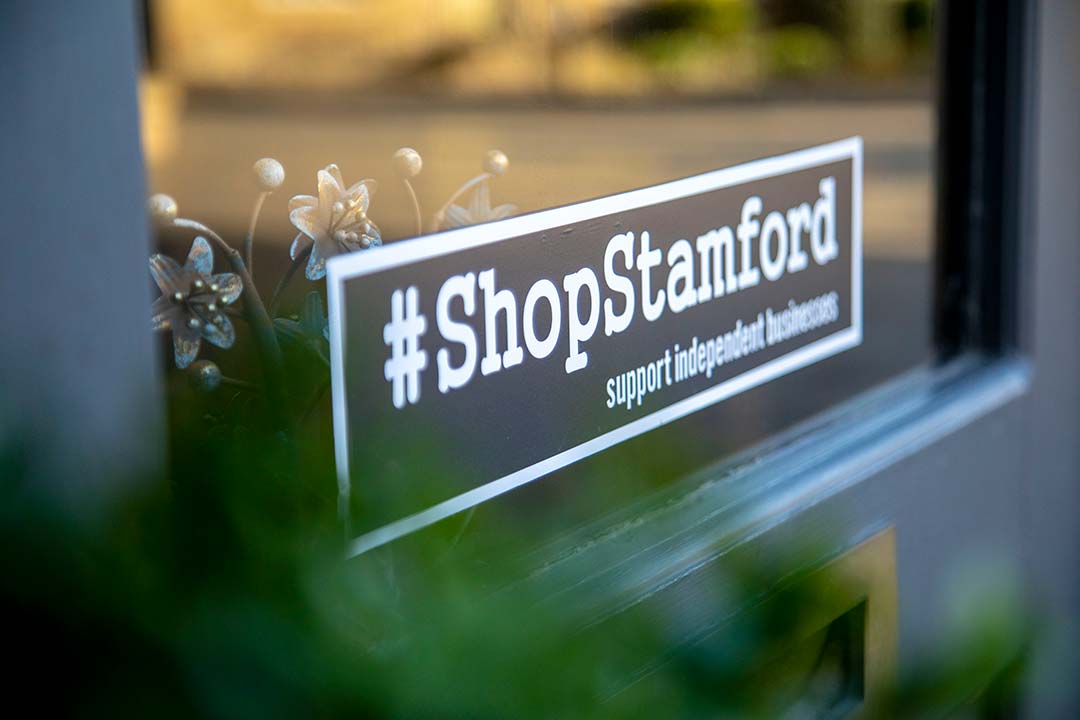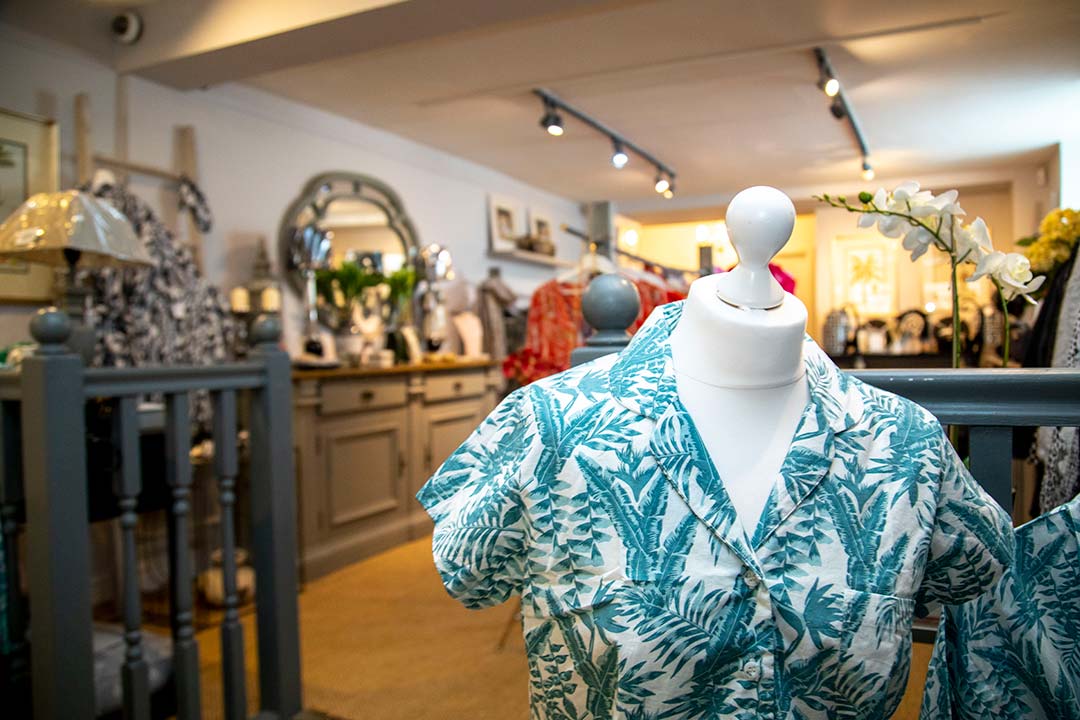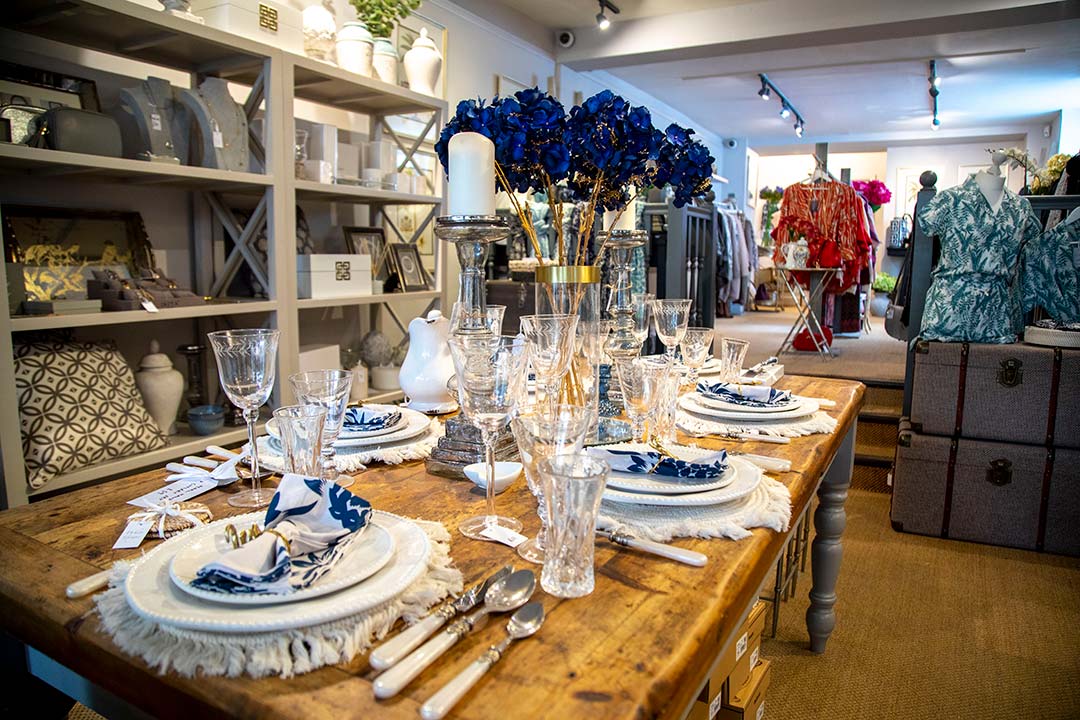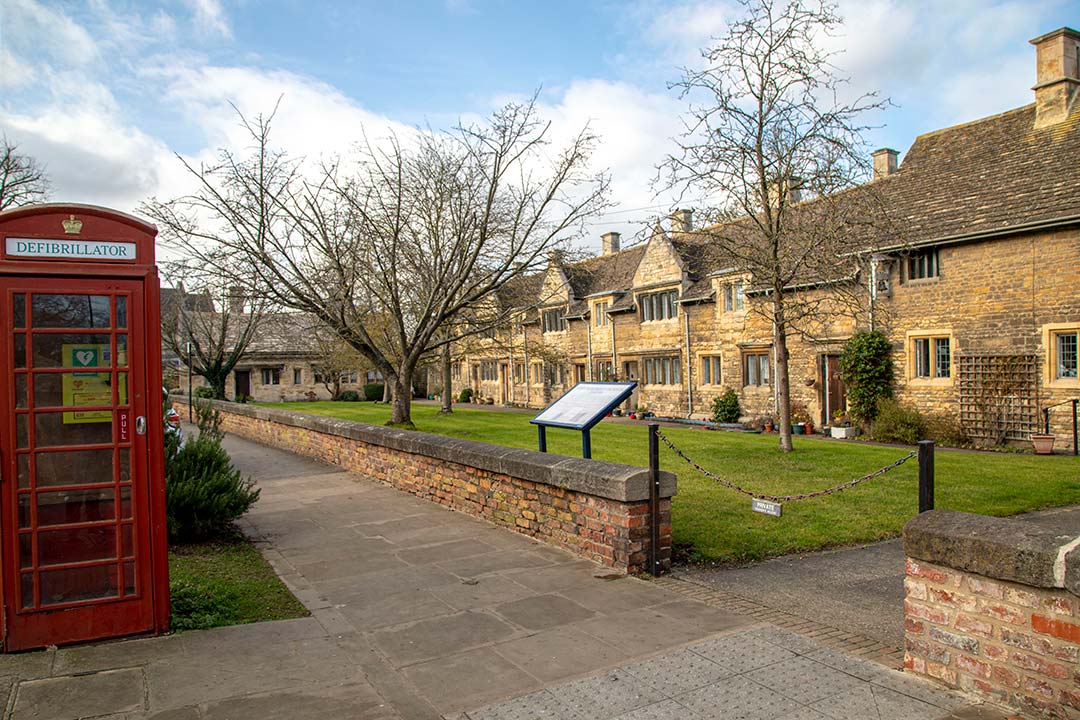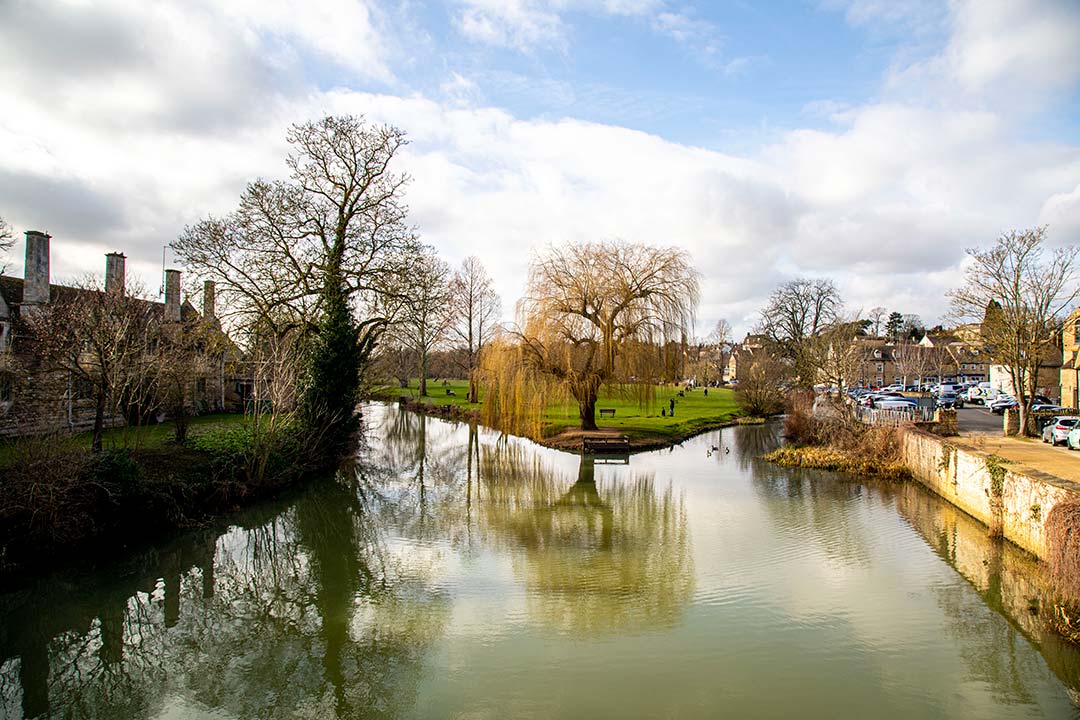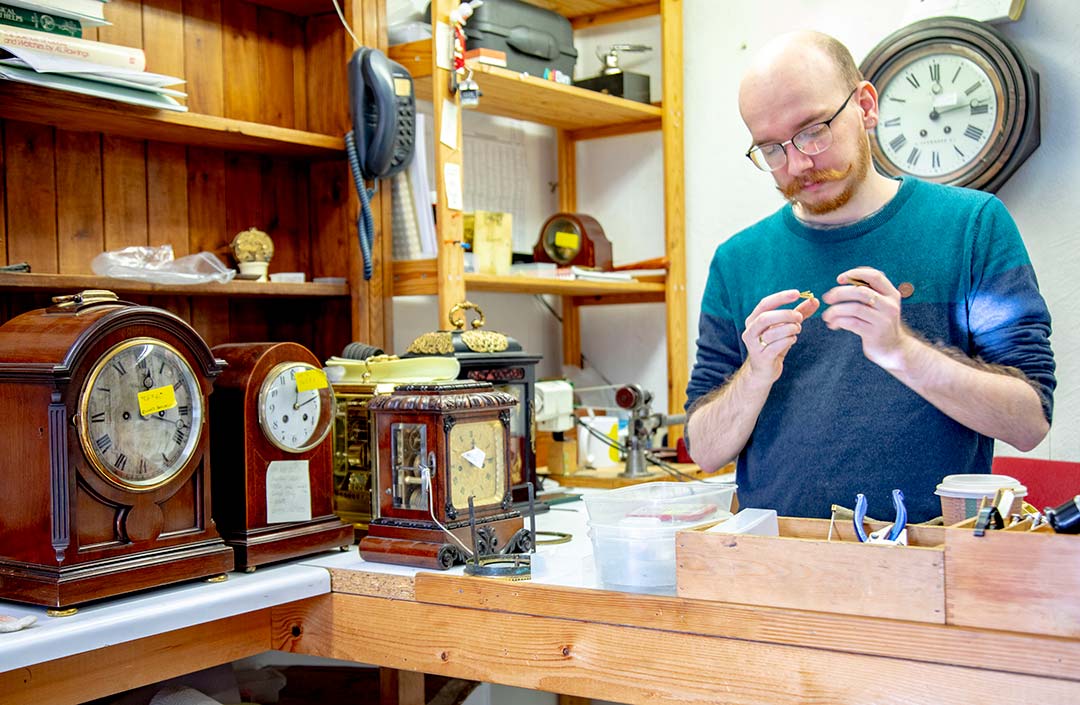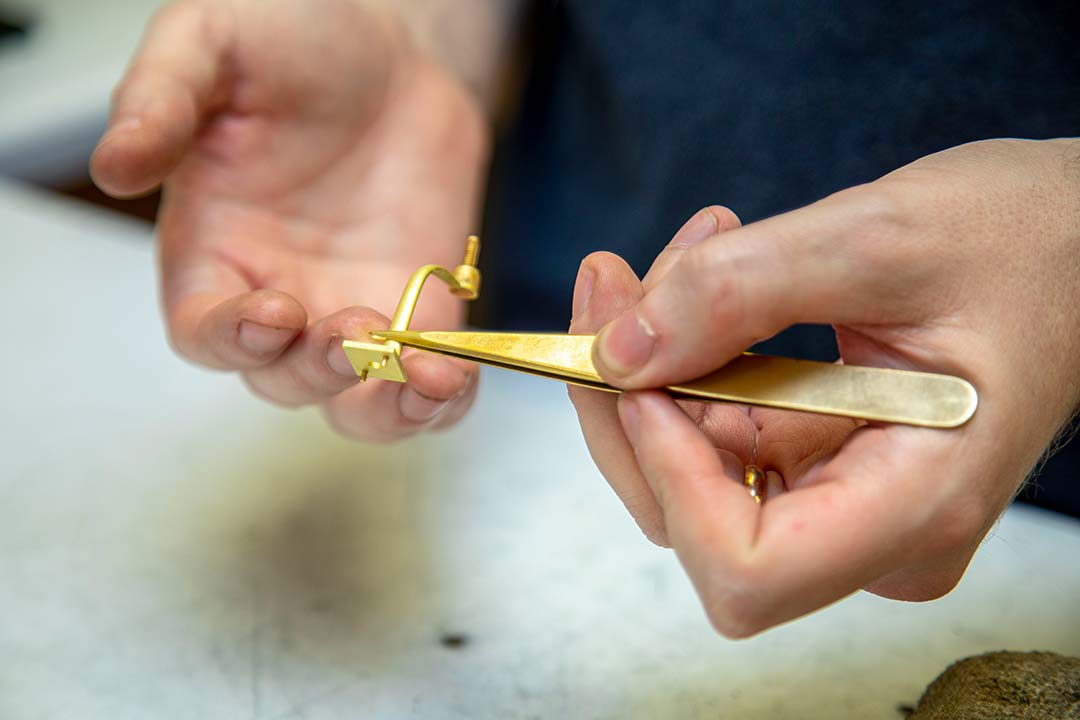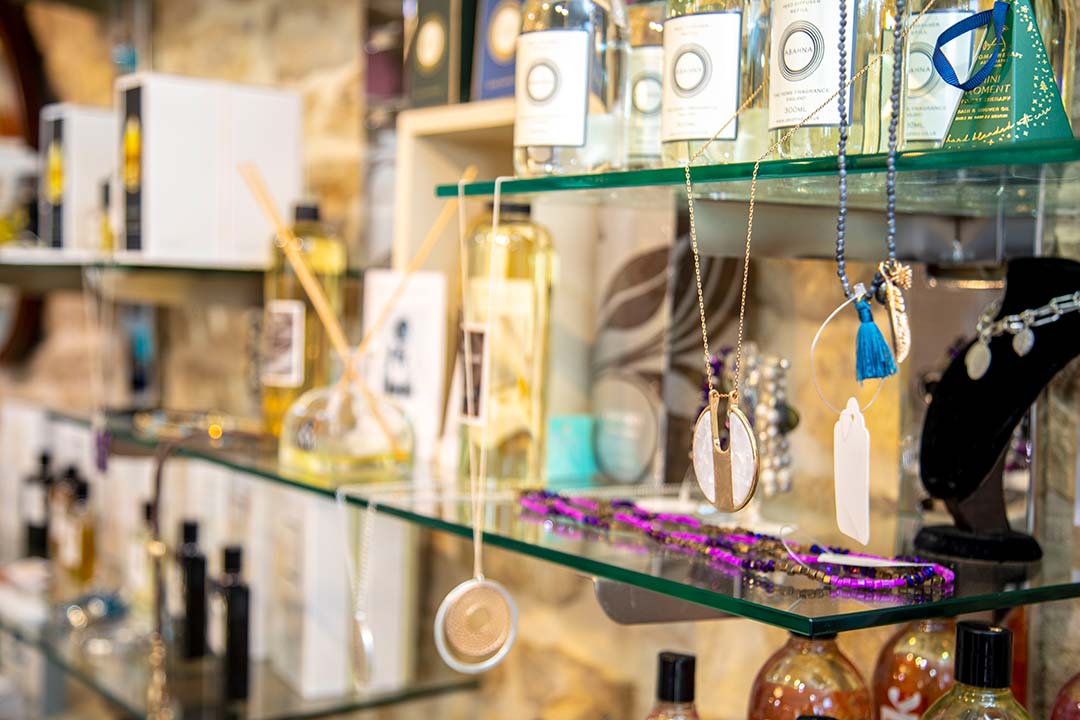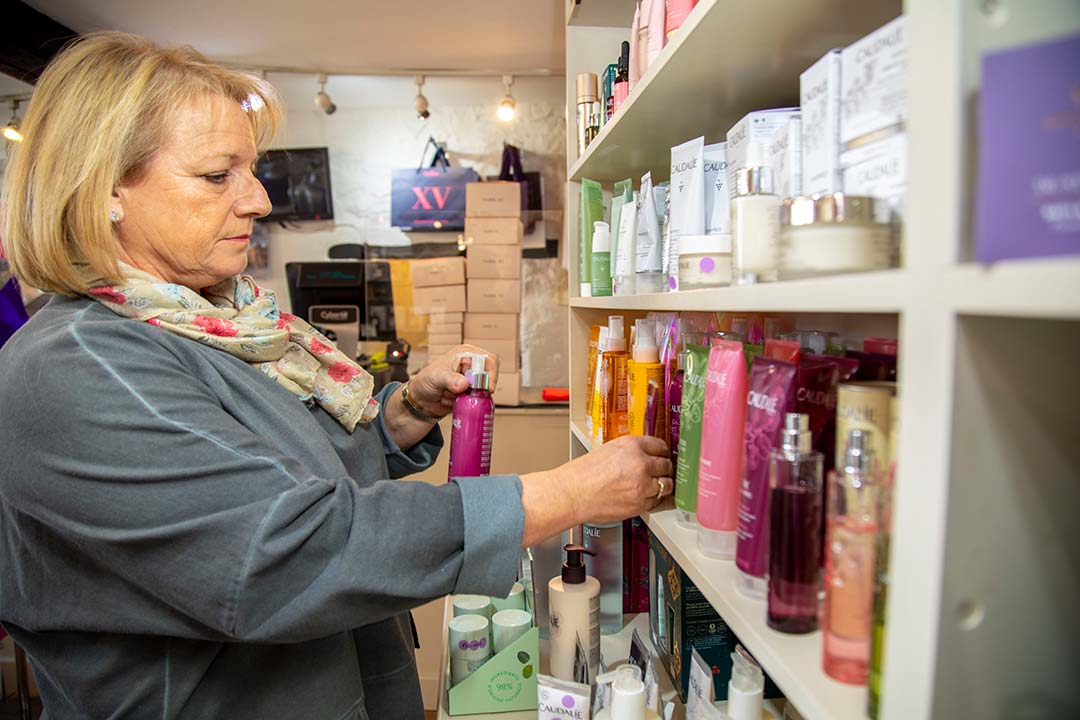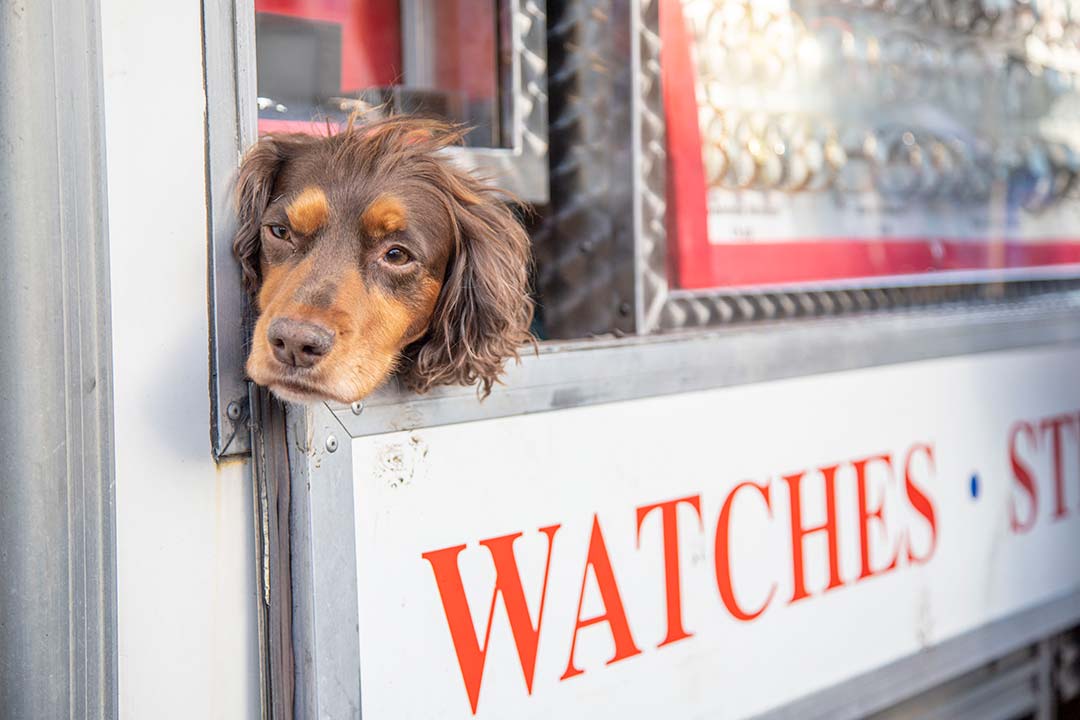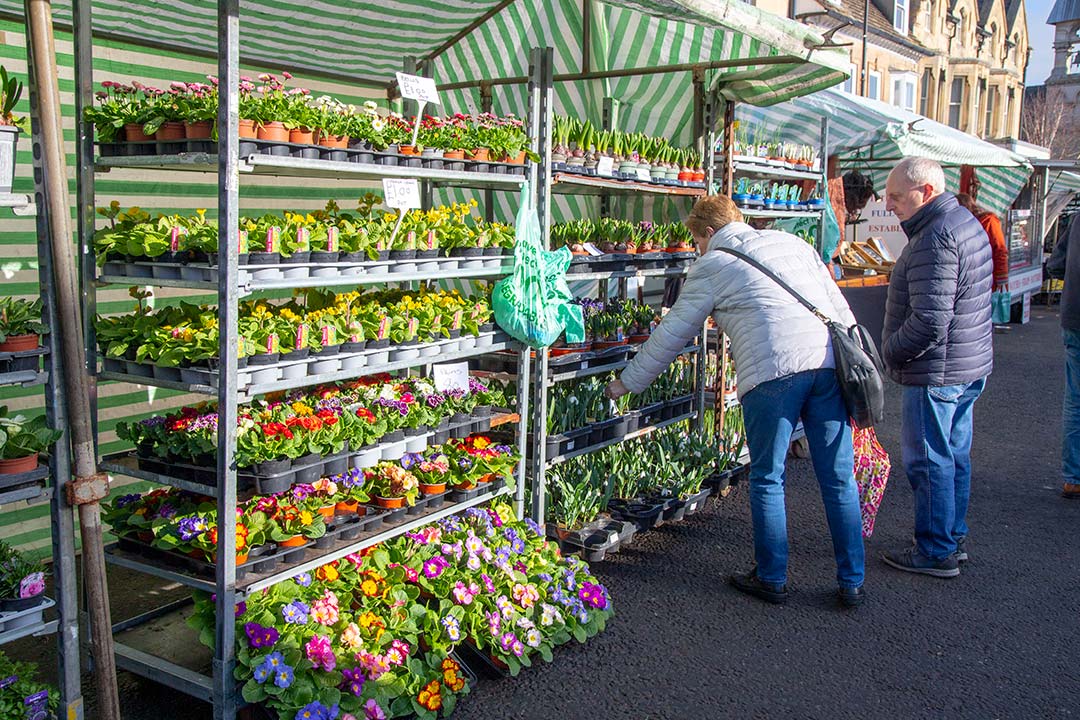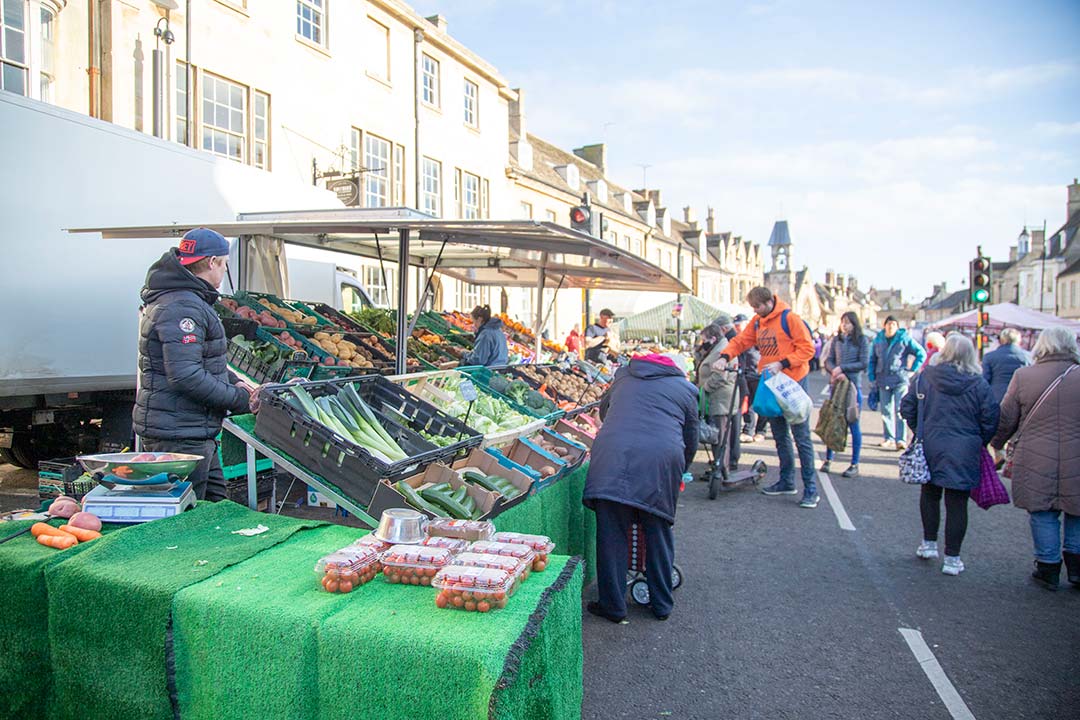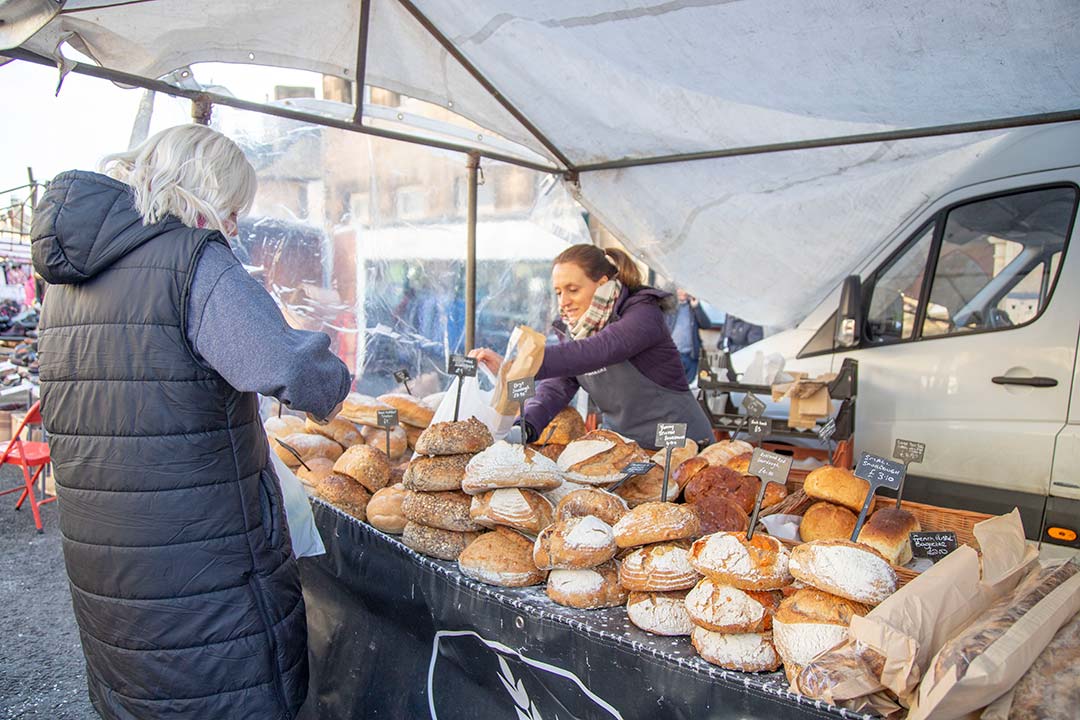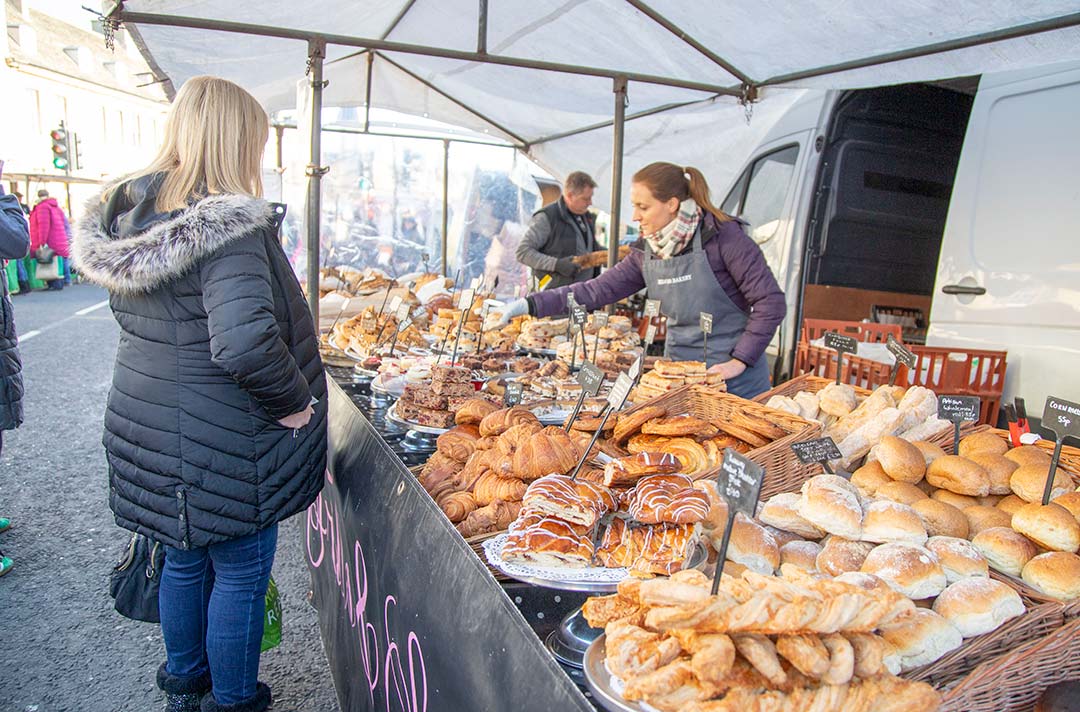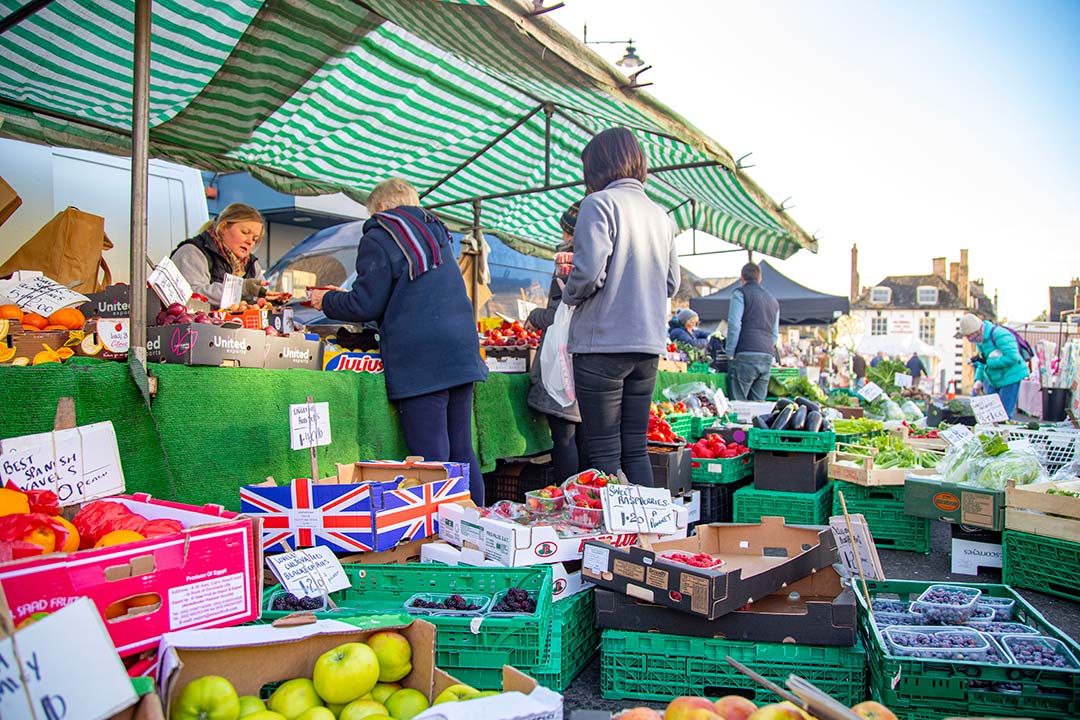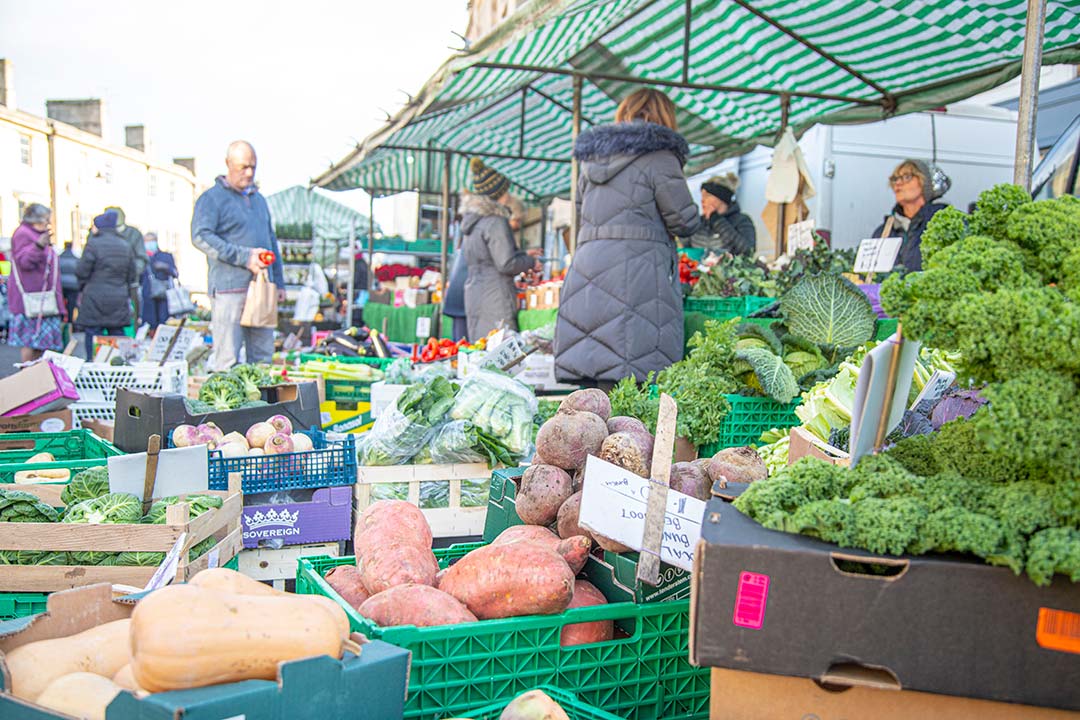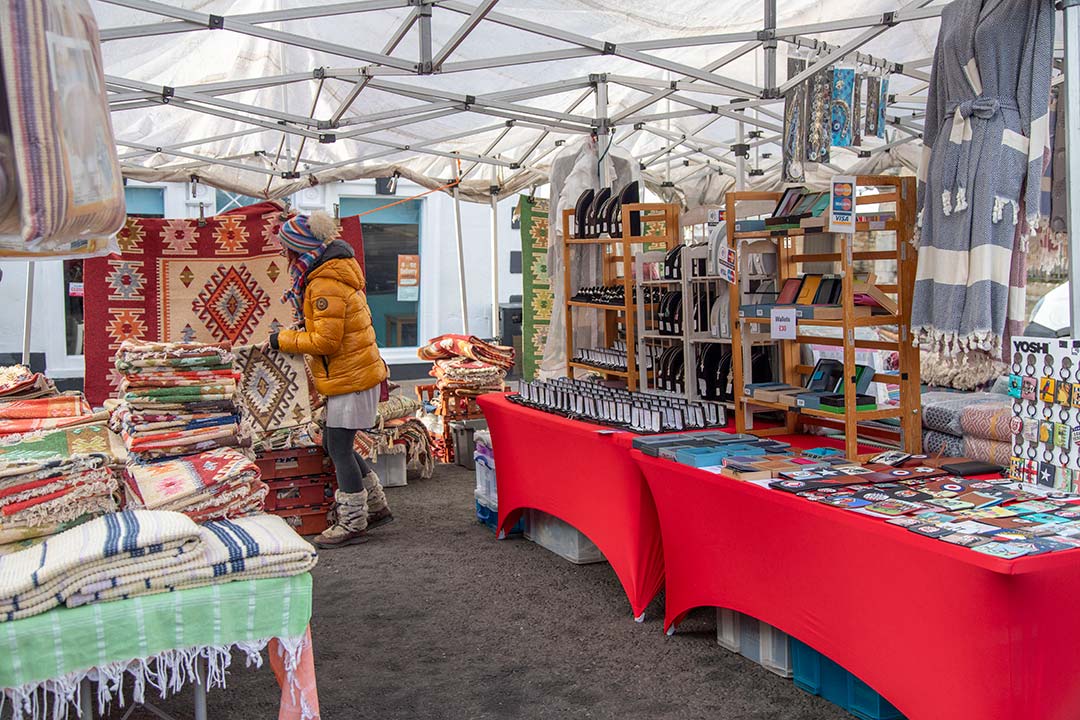Stretching from the wide expanses of the Lincolnshire Fens in the east to the rolling hills of the Kesteven Uplands in the north-west, South Kesteven is a district full of variety. Nowhere is this variety better shown than in the distinct character of our four market towns: Bourne, Stamford, Grantham, and Market Deeping.
Central to the development and identity of the towns are their markets and fairs, part of a continuous tradition which stretches back over 1000 years.
There is evidence of regular markets being held in Stamford as early as 972, when it was one of the major towns of the viking controlled Danelaw, although it can be assumed that most larger settlements would have held regular markets centuries before they received formal recognition.
Markets as we know them today were established and shaped through the issuing of Market Charters. These have been granted since the medieval period giving permission for new markets or formalising existing ones.
The charters governed markets and fairs including defining when they could be held, the taxes and tolls to be paid, and the rules which traders had to follow. They regulated trading hours and prevented towns within a set distance (often a day’s travel by foot or cart) holding markets or fairs on the same day.
Centuries later some of their regulations can still be enforced.
The first market charter in what is now South Kesteven, was granted in 1220 by Henry III to William Briewer to hold a weekly market in Market Deeping. William promised to give Henry one palfrey horse for the privilege (although this debt was later waived).
Surprisingly, in a time where women were rarely permitted any legal status, a number of women have controlled market charters in South Kesteven.
For example, in 1304 the charter for Market Deeping’s market along with rights for two fairs passed to Joan Wake, heiress of the powerful Wake family, who held lands across the country including around the Deepings and Bourne.
In 1361 she married Edward, the ‘Black Prince’, but she continued to hold the rights to the market. She would also later hold the rights over the fair at Bourne.
Bourne’s market charter was granted by King Edward I in 1281, along with rights to hold a fair on Holy Trinity Sunday. By the end of the 19th Century Bourne’s charter allowed for four annual fairs to be held.
Historically, Bourne’s marketplace was in front of the Old Town Hall, however, increased traffic through the town resulted in the market being moved to its current location outside the Corn Exchange in the 1990s.
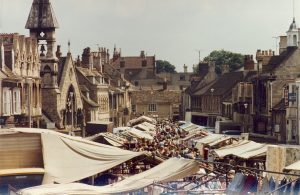
(Market day in Stamford by Anthony O’Neil Creative Commons Attribution-Share Alike 2.0 Generic license)
Stamford’s market was granted a charter from King Edward IV in 1481, along with permissions for two annual fairs, to be held on the feast day of St Stephen and St Jude (28th October), and the Monday after Corpus Christi (during lent).
The market has been held in Broad Street since at least 1595. The livestock market was also held there until 1887 when it was moved to the area currently known as Cattle Market.
Like Stamford, Grantham had held a regular market for centuries before receiving a charter from Richard III in 1484, permitting a weekly market and two fairs, one to be held on Passion Sunday (fifth Sunday in Lent) and the second on the feast of St Nicolas (6th December).
Grantham’s early markets were held outside the west front of St Wulfram’s church, likely moving to the Market Place from the 1300s when the development of the church building restricted the space available for traders.
Historically, the high point of the market calendar were the annual fairs. They were major trading days which would have drawn people to the town from miles around. Grantham and Stamford’s medieval fairs focused on the sale of wool, a commodity which drove England’s economy in the period, while corn and livestock were traded at Bourne’s fairs.
The fairs were held on saint’s days or other religious holidays when most people would have been free to attend. As such they became major social gatherings, places where apprentices and servants would be hired, feasts would be held, and entertainments would be enjoyed.
Eventually these fairs would evolve into the fun fairs which are still held in the district each year where the spirit of markets and fairs as a major social event lives on.
Today, weekly markets are held in Grantham, Bourne, Stamford and Market Deeping, but historically several of the district’s larger villages also held their own markets and fairs.
Most notable of these is Corby Glen, which received a market charter in 1239 from Henry III.
The charter gave permission for a weekly market and three annual fairs. One of these fairs, the annual Sheep Fair, is the oldest of its kind in Britain.
It is held in early October each year when livestock auctions are held alongside live music, games and competitions, craft and artisan stalls, and a beer festival.
Visitors and residents alike will find a warm welcome at the district’s markets:
Bourne Market – every Thursday at Bourne Corn Exchange
Stamford Market – every Friday on Broad Street and Ironmonger Street (with smaller Saturday market)
Grantham Market – every Saturday on Narrow Westgate (with Farmer’s Market every second Saturday of the month)
Market Deeping Market – Wednesday mornings at The Precincts.
